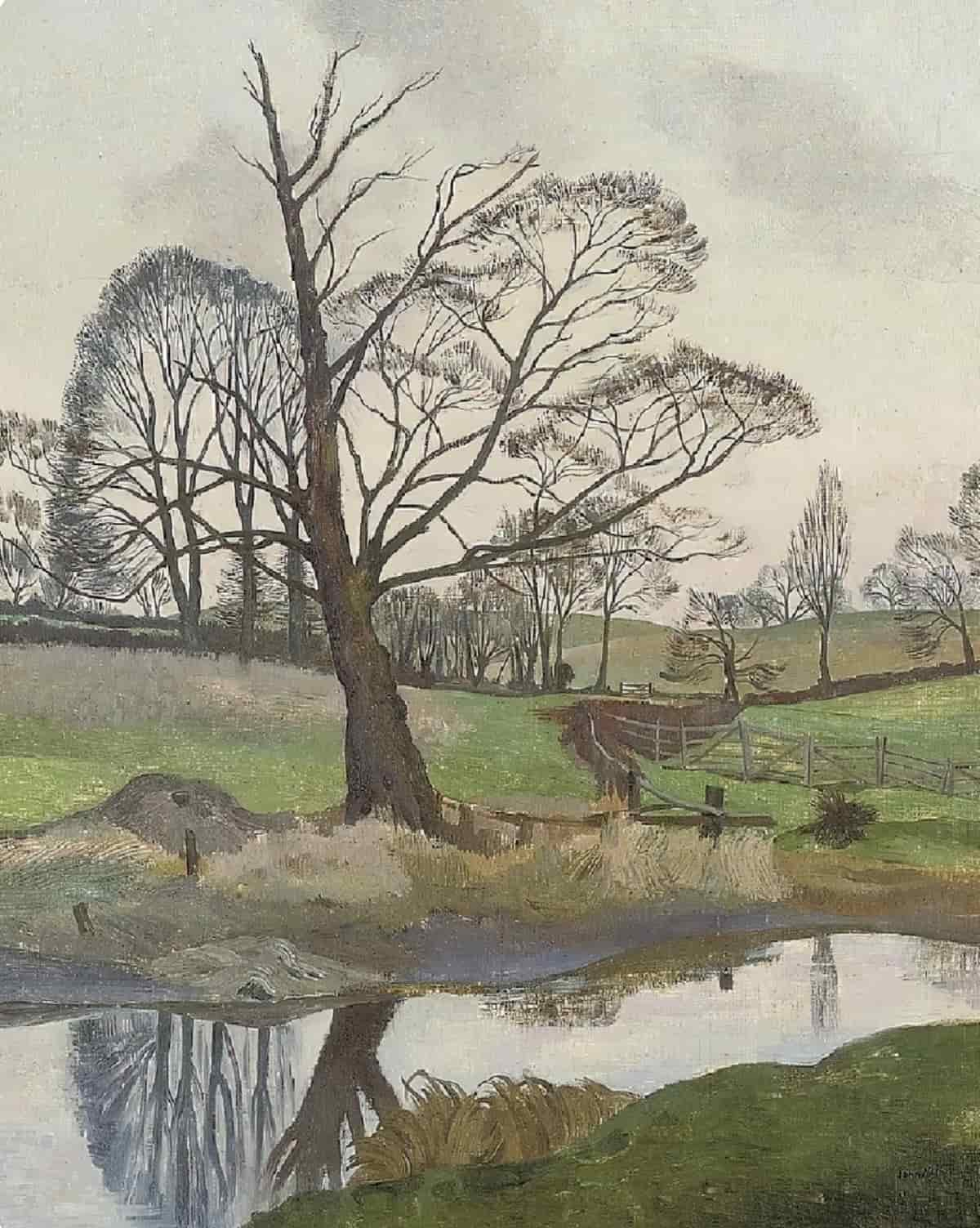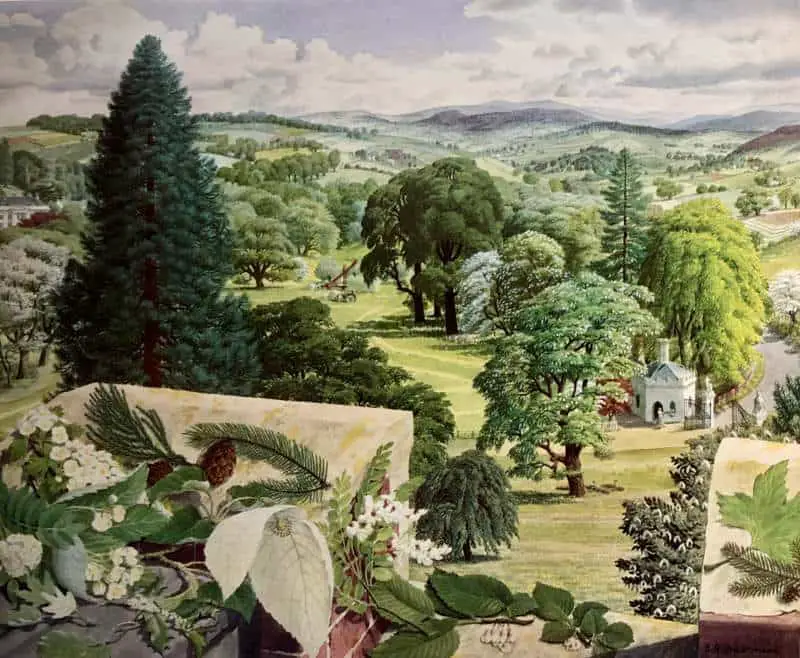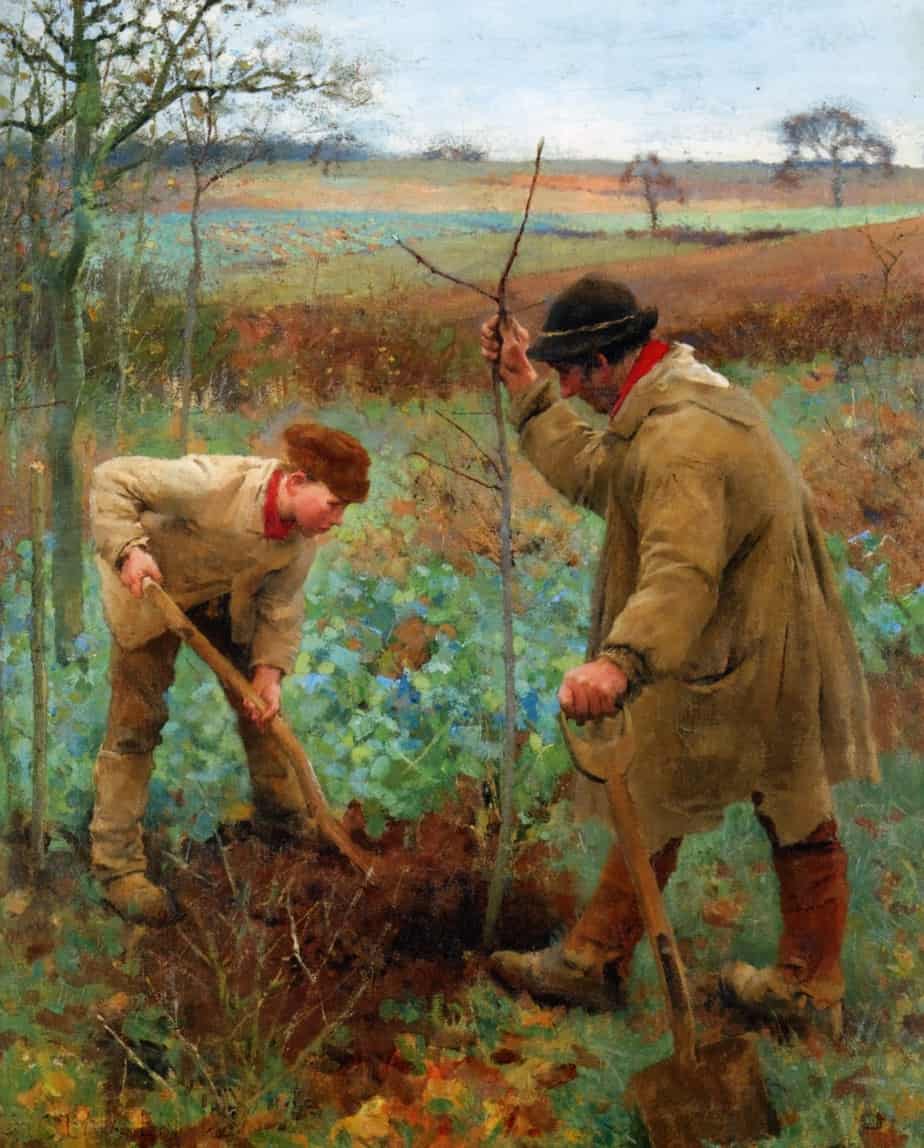Trees in storytelling are symbolically interesting. Some trees have unusual characteristics (distinctive foliage, unusual flowering patterns). These are the trees most heavily mined for their symbolic meaning across culture and therefore narrative.
A sombre, yet beautiful and peaceful gloom here pervaded all things. The trees were dark in color, and mournful in form and attitude, wreathing themselves into sad, solemn, and spectral shapes that conveyed ideas of mortal sorrow and untimely death.
Edgar Allan Poe, ‘The Island of the Fay’
Some authors make frequent use of trees and their symbolism. For example, Katherine Mansfield makes heavy use of trees (and also flowers). Think of the pear tree in “Bliss“, or the beech tree in “The Escape“. Katherine Anne Porter wrote a short story called “Flowering Judas“.
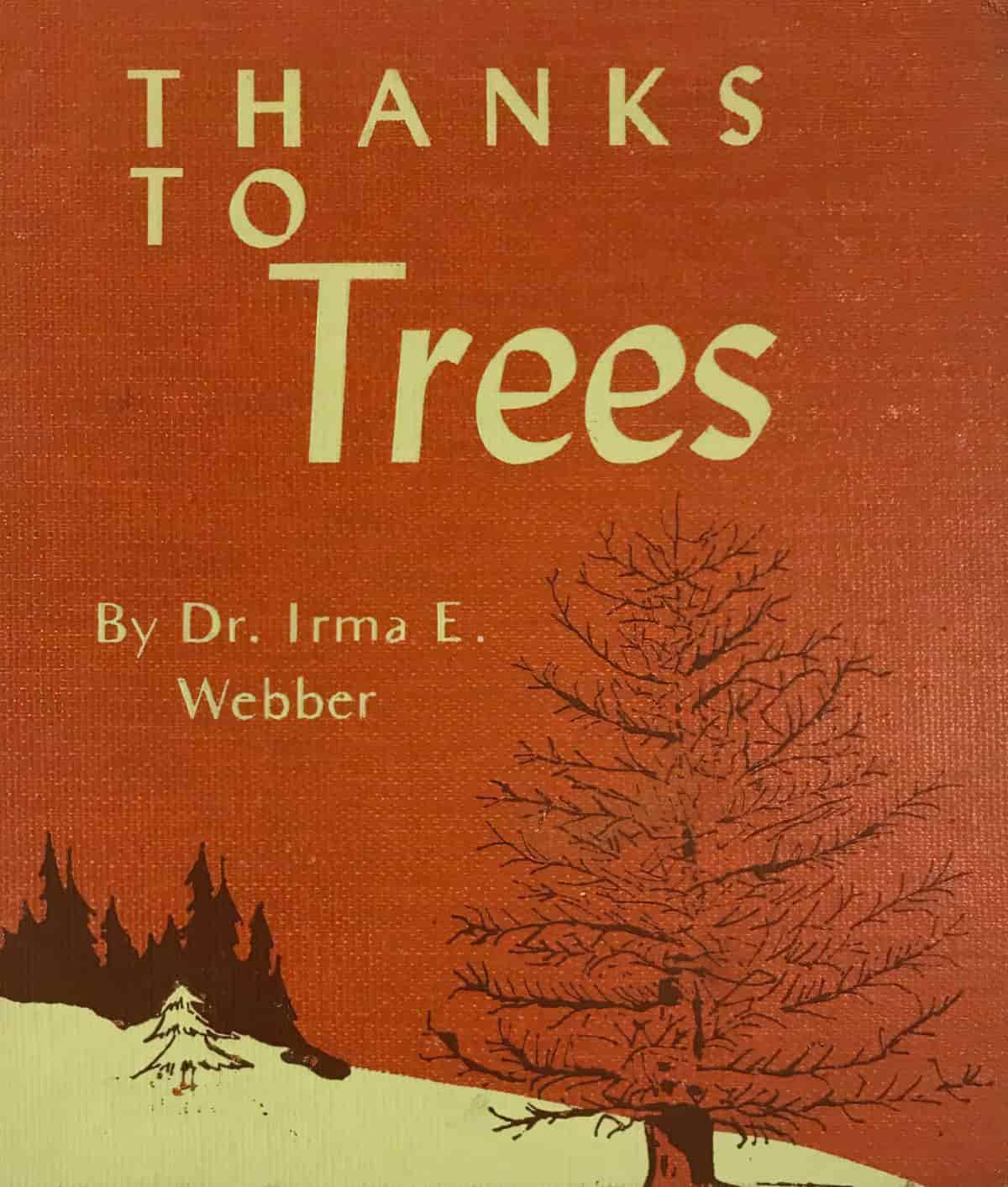
TREES AND GENDER
Trees tend to be symbolically gendered. Some trees stand for femininity, others for masculinity. Pear trees, due to the shape of their fruit, are coded as feminine. Strong, tall trees which don’t flower are more likely to be coded masculine, in line with stereotypes we have about what men are like and what women are like.
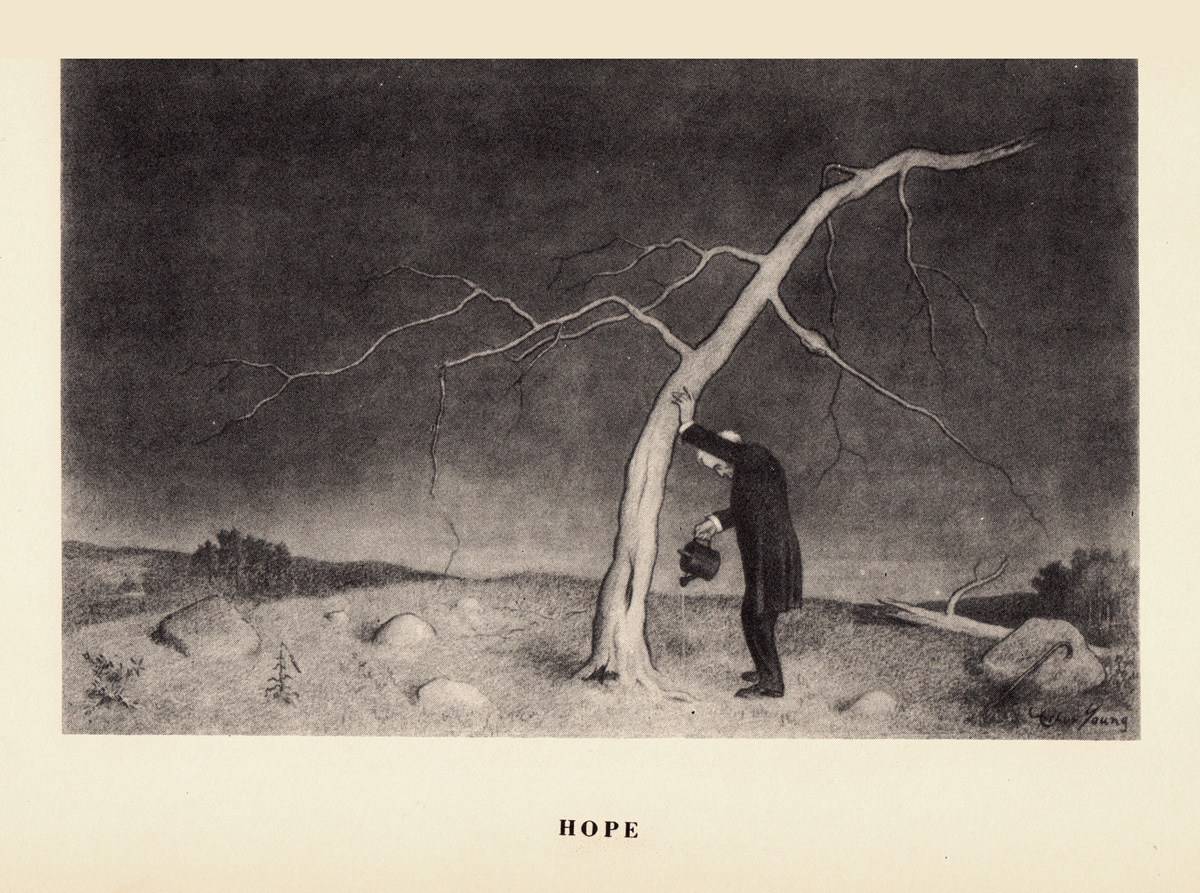
TWISTED AND TERRIFYING TREES
Modern audiences may associate twisted and terrifying trees with the films of Tim Burton, but the imagery goes back further than that, perhaps into antiquity.
When it comes to modern film, credit goes to Gustave Doré, whose artwork for Dante’s Hell directly influenced Walt Disney’s Snow White and the Seven Dwarves, when then influenced later films.
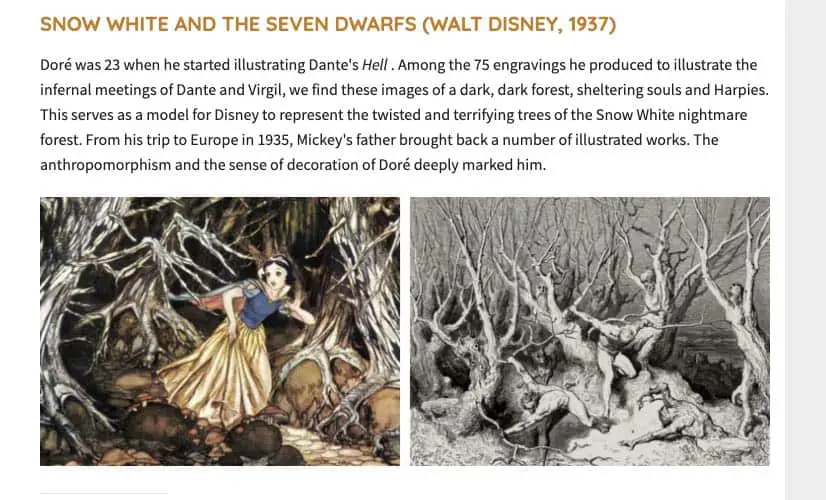
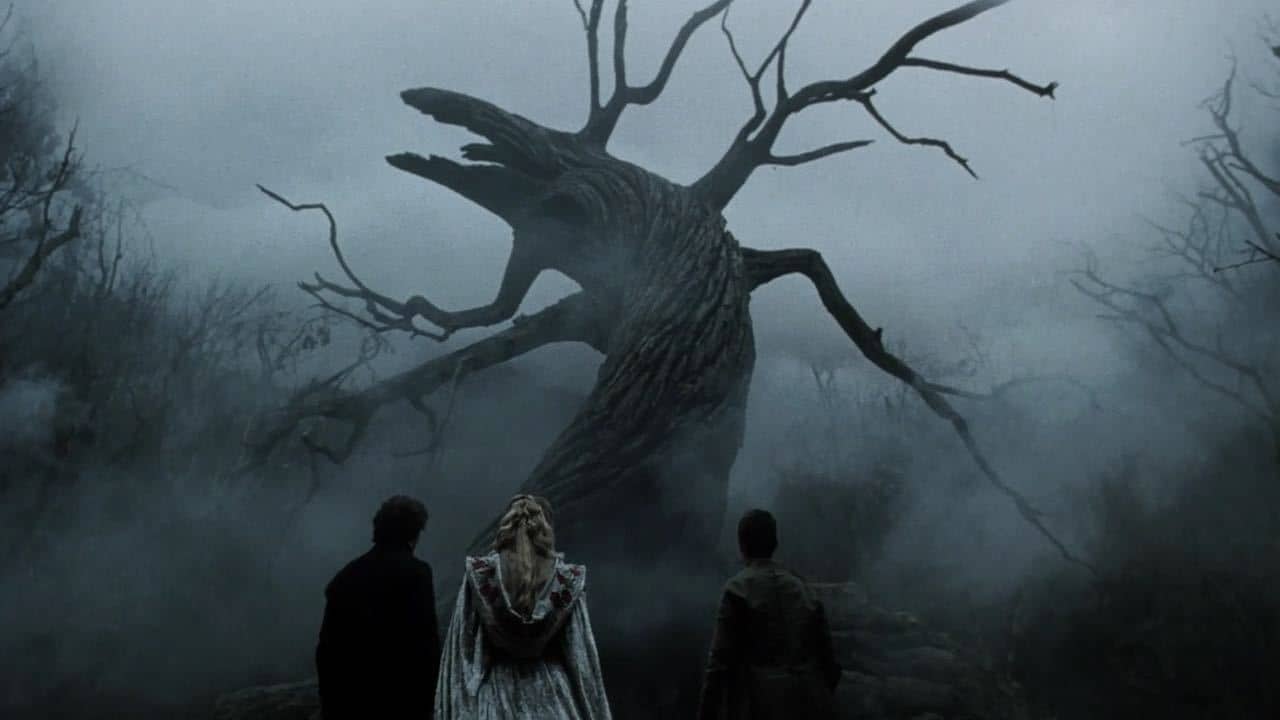
THE MOST FAMOUS TREES OF ALL
The Garden Of Eden apparently had two trees in it:
- The Tree of Eternal Life
- The Tree of the Knowledge of Good and Evil.
A man ate from the second tree, learned things he shouldn’t, and started to long for ever-increasing knowledge. (Stay stupid, stay happy?)
Trees are generally symbolic of life. The image of a tree covered in buckets below is a clear acknowledgement that trees provide, supporting life in the most direct of ways.
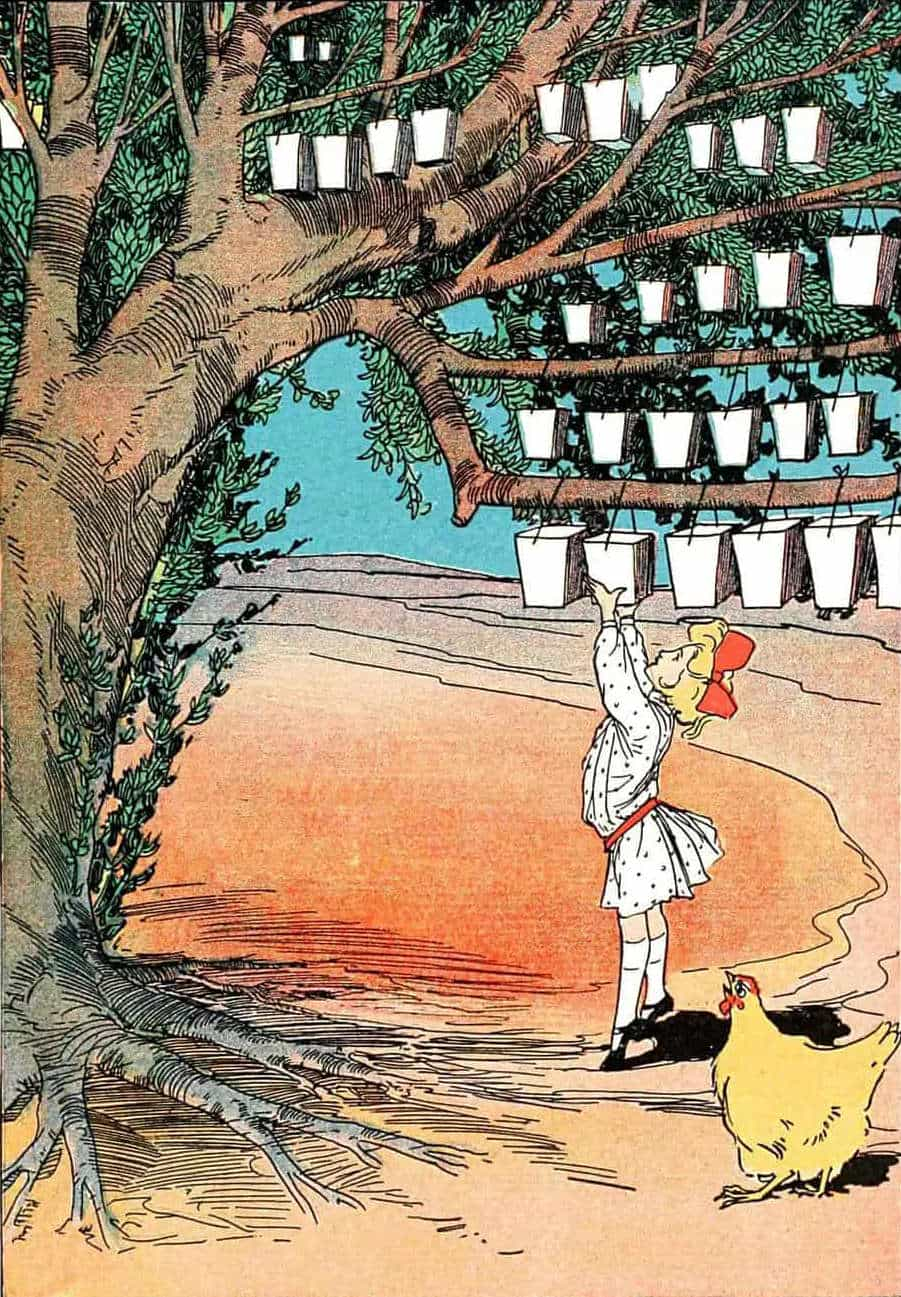
She tramped across the sand, skirting the foot of one of the little rocky hills that stood near, and soon reached the edge of the forest. At first she was greatly disappointed, because the nearer trees were all punita, or cotton-wood or eucalyptus, and bore no fruit or nuts at all. But, bye and bye, when she was almost in despair, the little girl came upon two trees that promised to furnish her with plenty of food.
One was quite full of square paper boxes, which grew in clusters on all the limbs, and upon the biggest and ripest boxes the word “Lunch” could be read, in neat raised letters. This tree seemed to bear all the year around, for there were lunch-box blossoms on some of the branches, and on others tiny little lunch-boxes that were as yet quite green, and evidently not fit to eat until they had grown bigger. The leaves of this tree were all paper napkins, and it presented a very pleasing appearance to the hungry little girl.
But the tree next to the lunch-box tree was even more wonderful, for it bore quantities of tin dinner-pails, which were so full and heavy that the stout branches bent underneath their weight. Some were small and dark-brown in color; those larger were of a dull tin color; but the really ripe ones were pails of bright tin that shone and glistened beautifully in the rays of sunshine that touched them. Dorothy was delighted, and even the yellow hen acknowledged that she was surprised.
The little girl stood on tip-toe and picked one of the nicest and biggest lunch-boxes, and then she sat down upon the ground and eagerly opened it. Inside she found, nicely wrapped in white papers, a ham sandwich, a piece of sponge-cake, a pickle, a slice of new cheese and an apple. Each thing had a separate stem, and so had to be picked off the side of the box; but Dorothy found them all to be delicious, and she ate every bit of luncheon in the box before she had finished.
“A lunch isn’t zactly breakfast,” she said to Billina, who sat beside her curiously watching. “But when one is hungry one can eat even supper in the morning, and not complain.”
“I hope your lunch-box was perfectly ripe,” observed the yellow hen, in a anxious tone. “So much sickness is caused by eating green things.”
L. Frank Baum; “Ozma of Oz”
SUBVERTED TREES: TREE OF DEATH
With few exceptions, Westerns haven’t been made since the end of the second World War. Ever since then, stories set on the American western frontier have been anti-Westerns.
The Homesman is an anti-Western about a cast of characters doing the backwards journey West to East. Mary Bee tells one of the women at some point that she really misses trees. In civilisation, trees are indeed symbolic of life, but in the West, trees are used to hang people. Everything that’s normally good has turned bad out West, leading the audience towards a tragic ending.
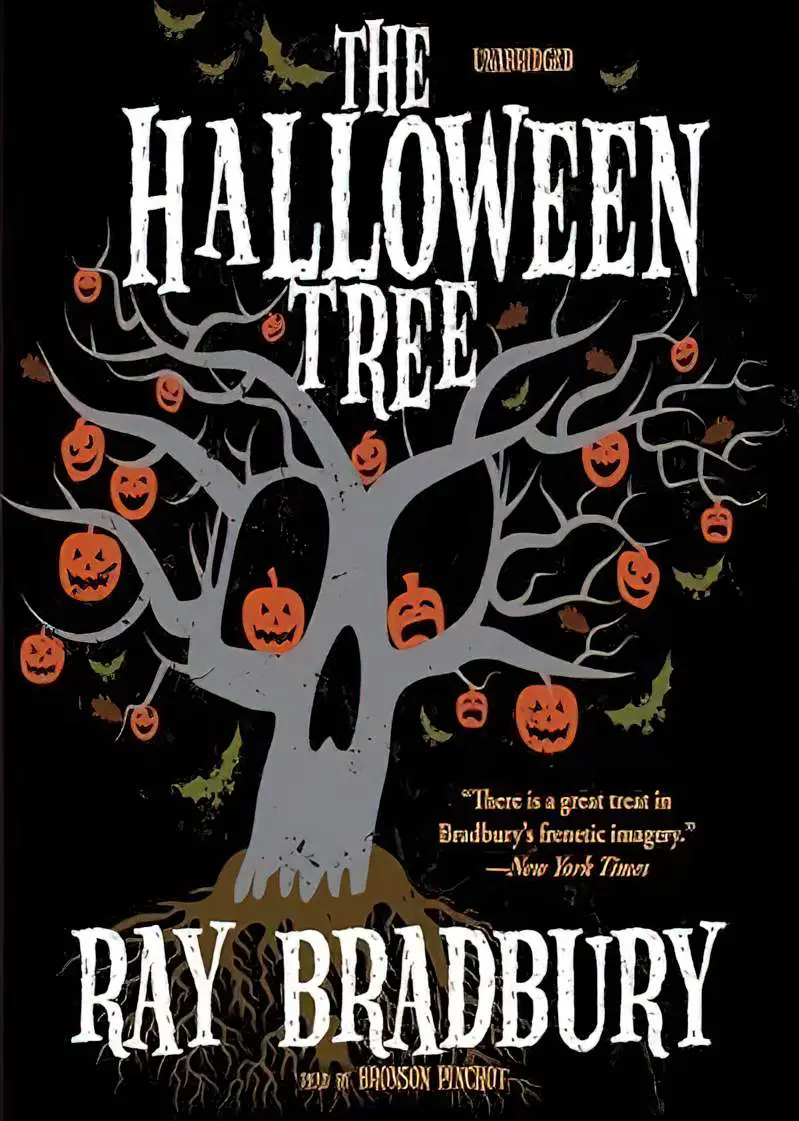
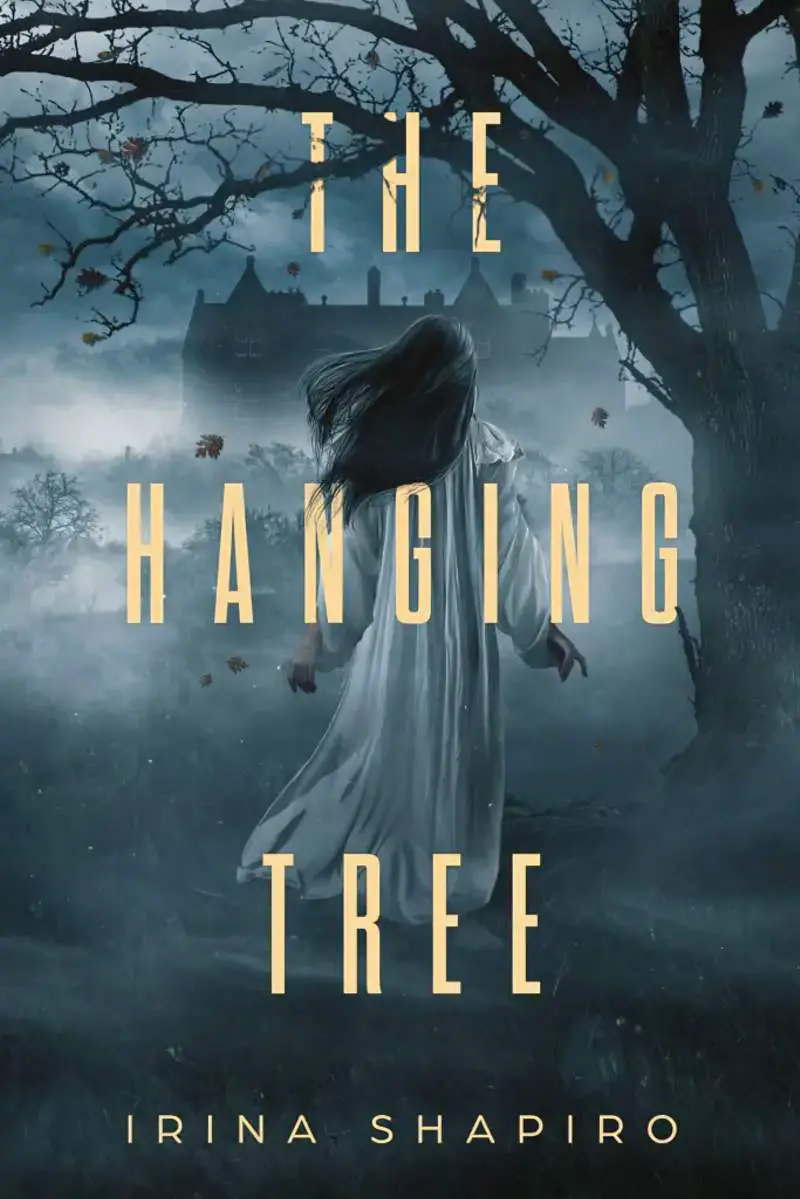
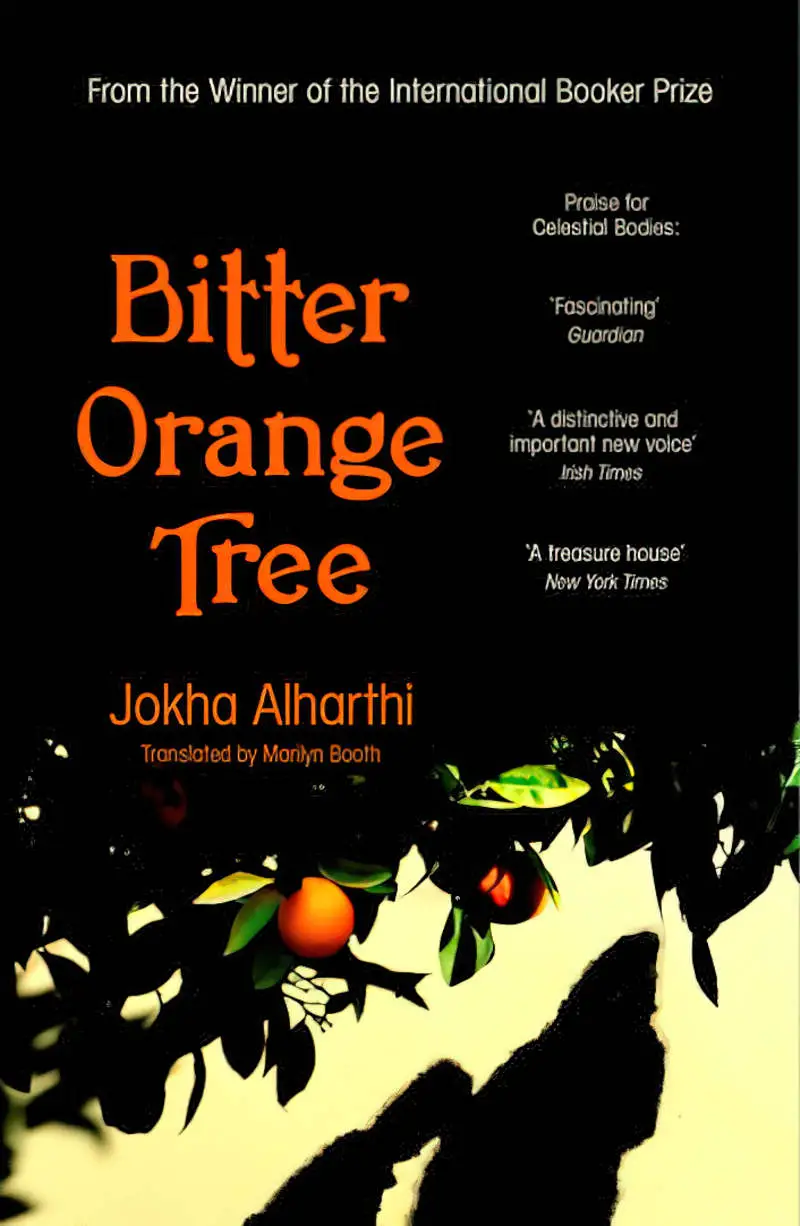
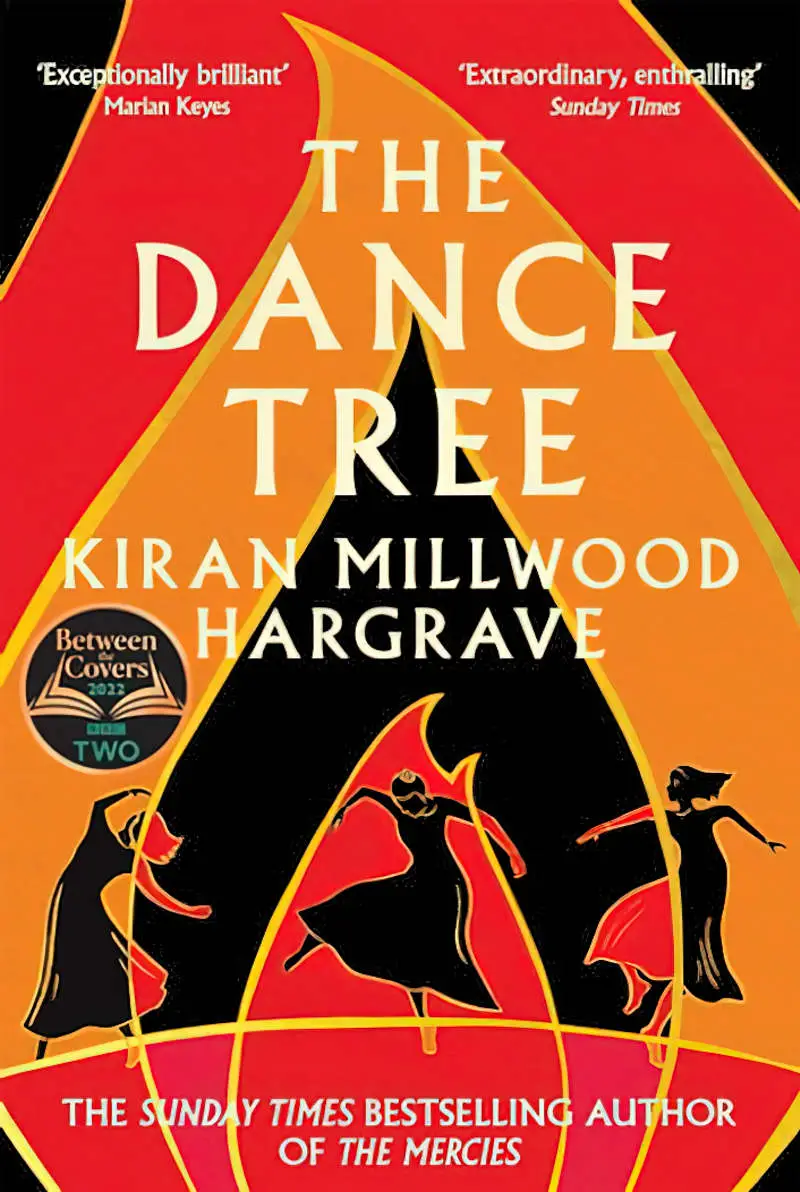
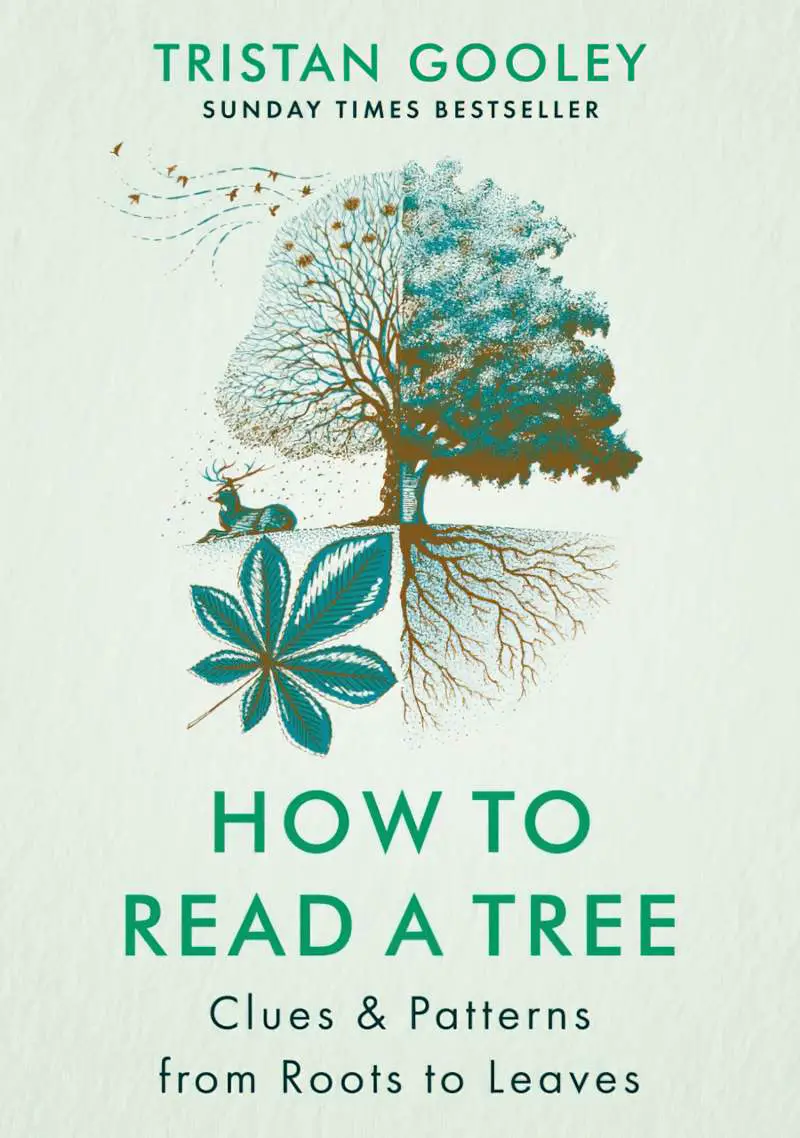
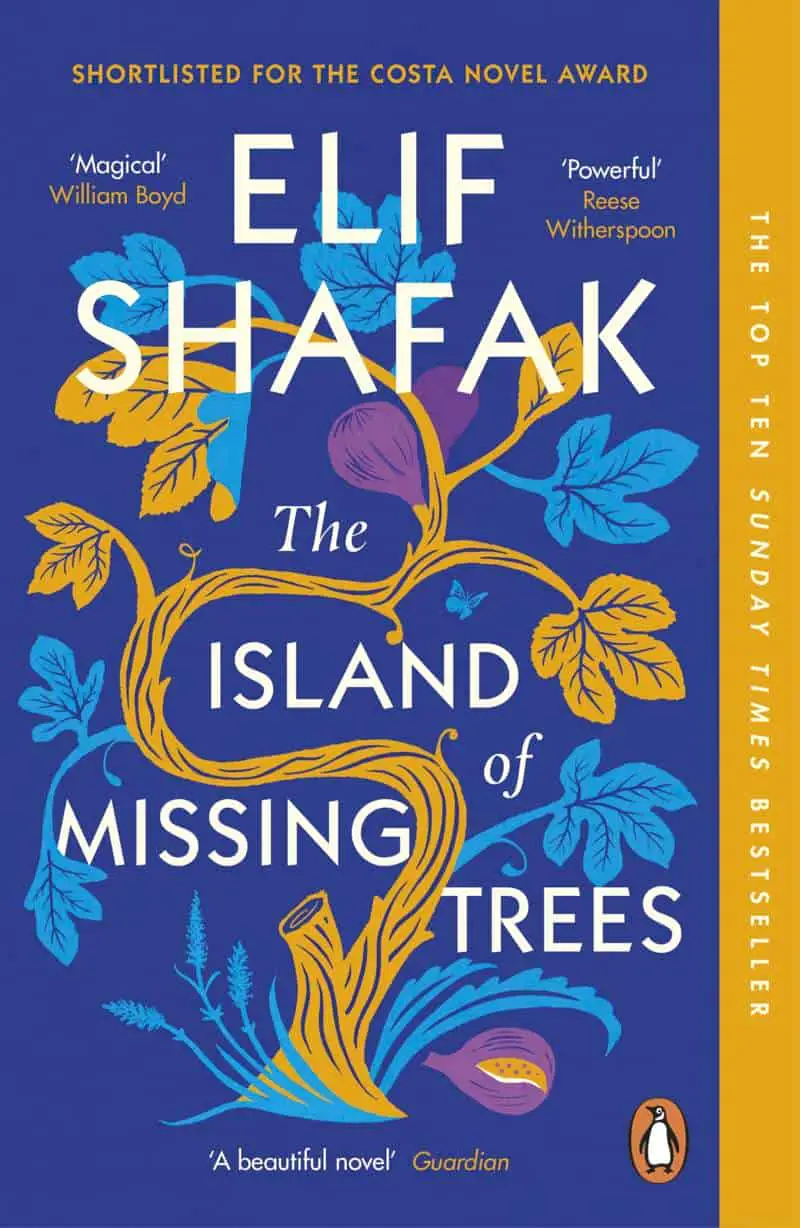
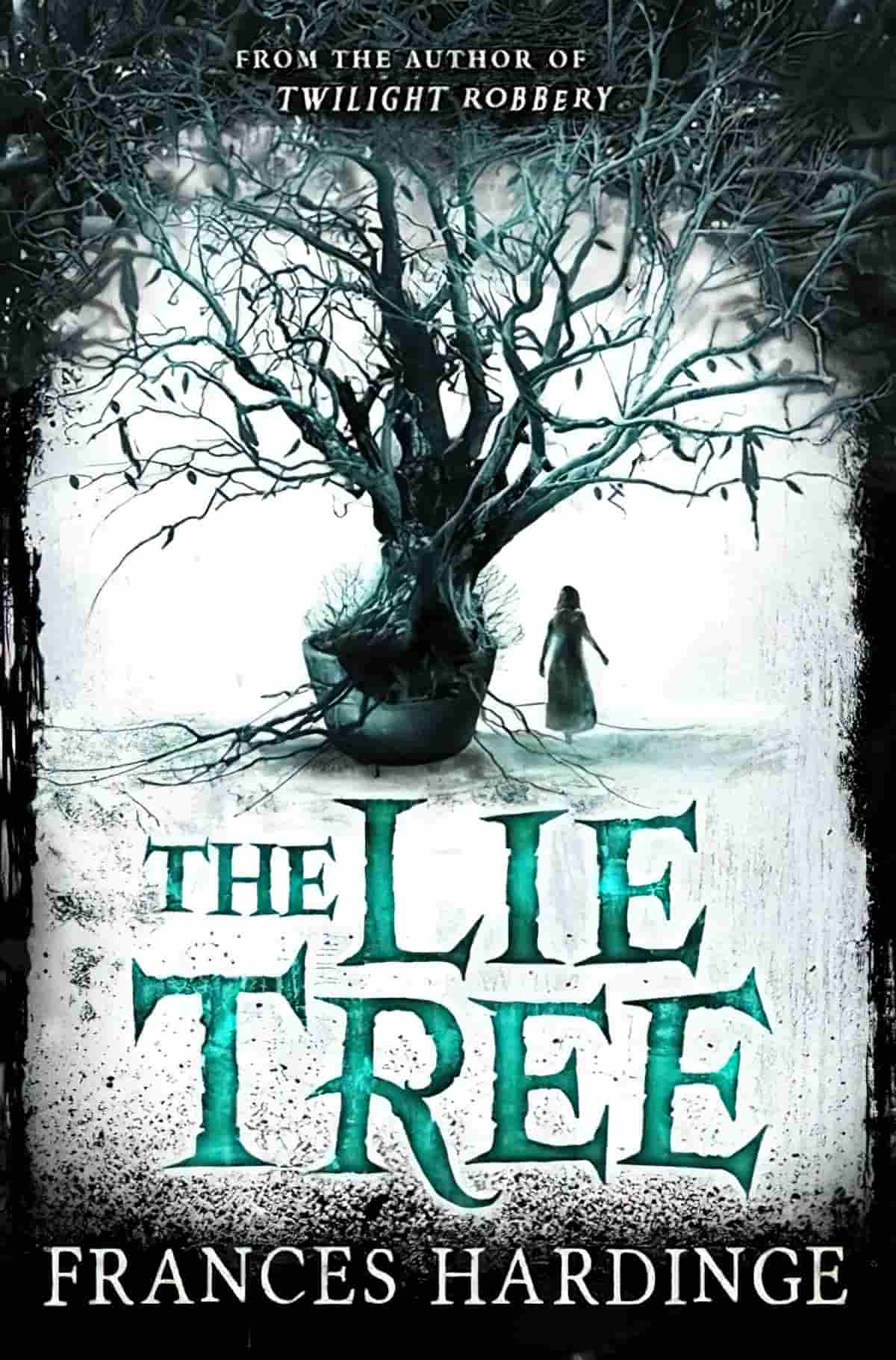
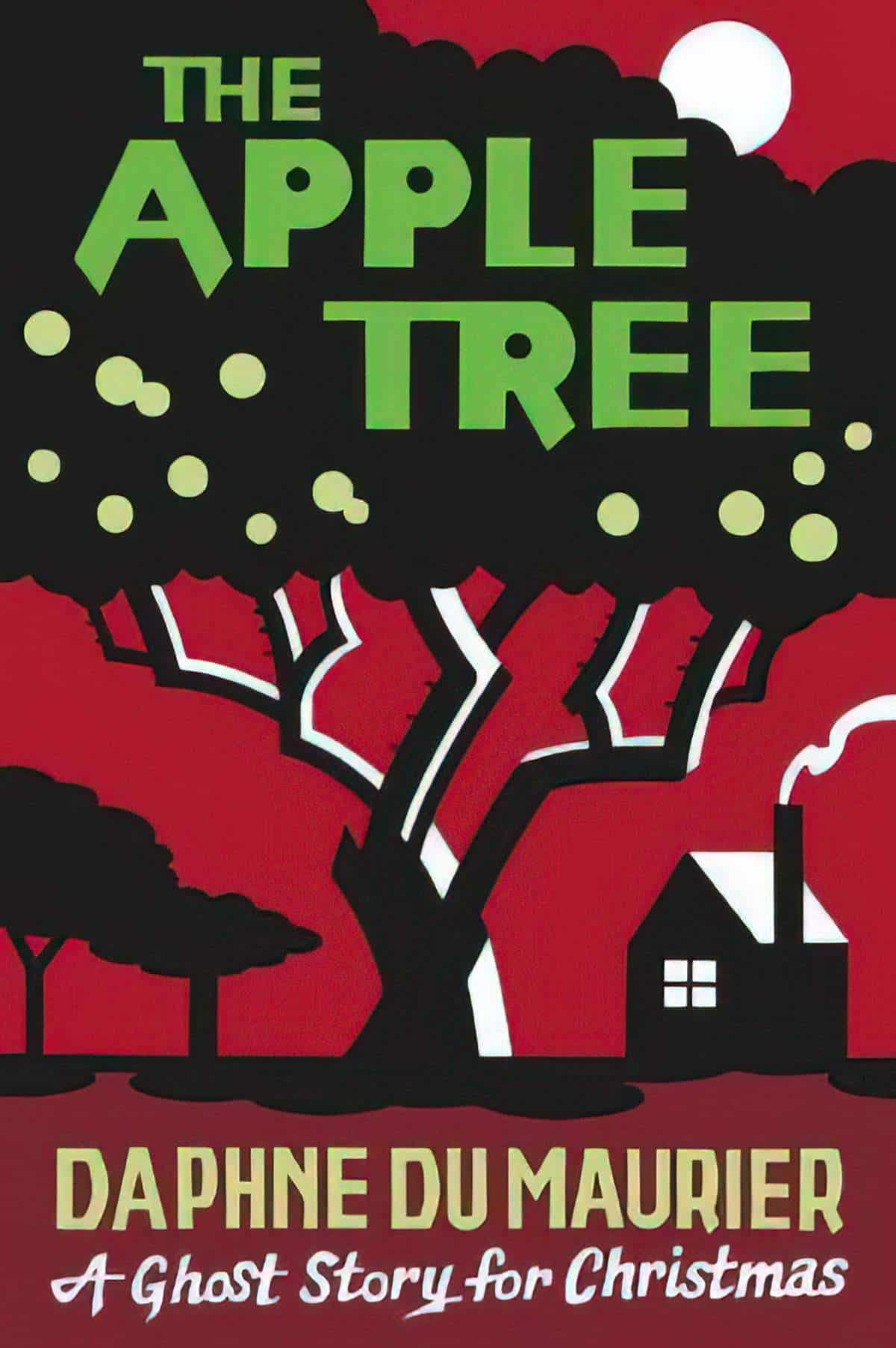
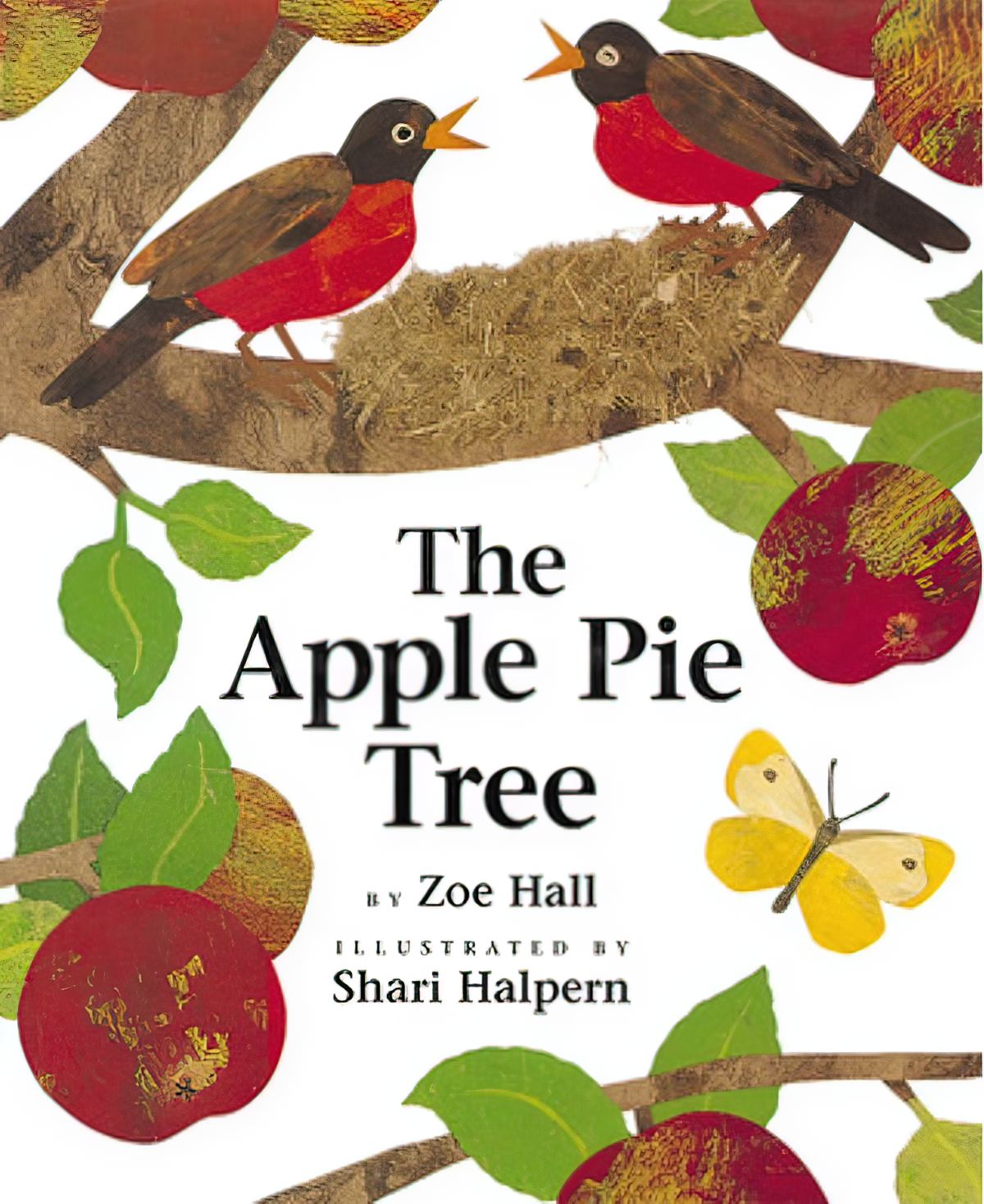
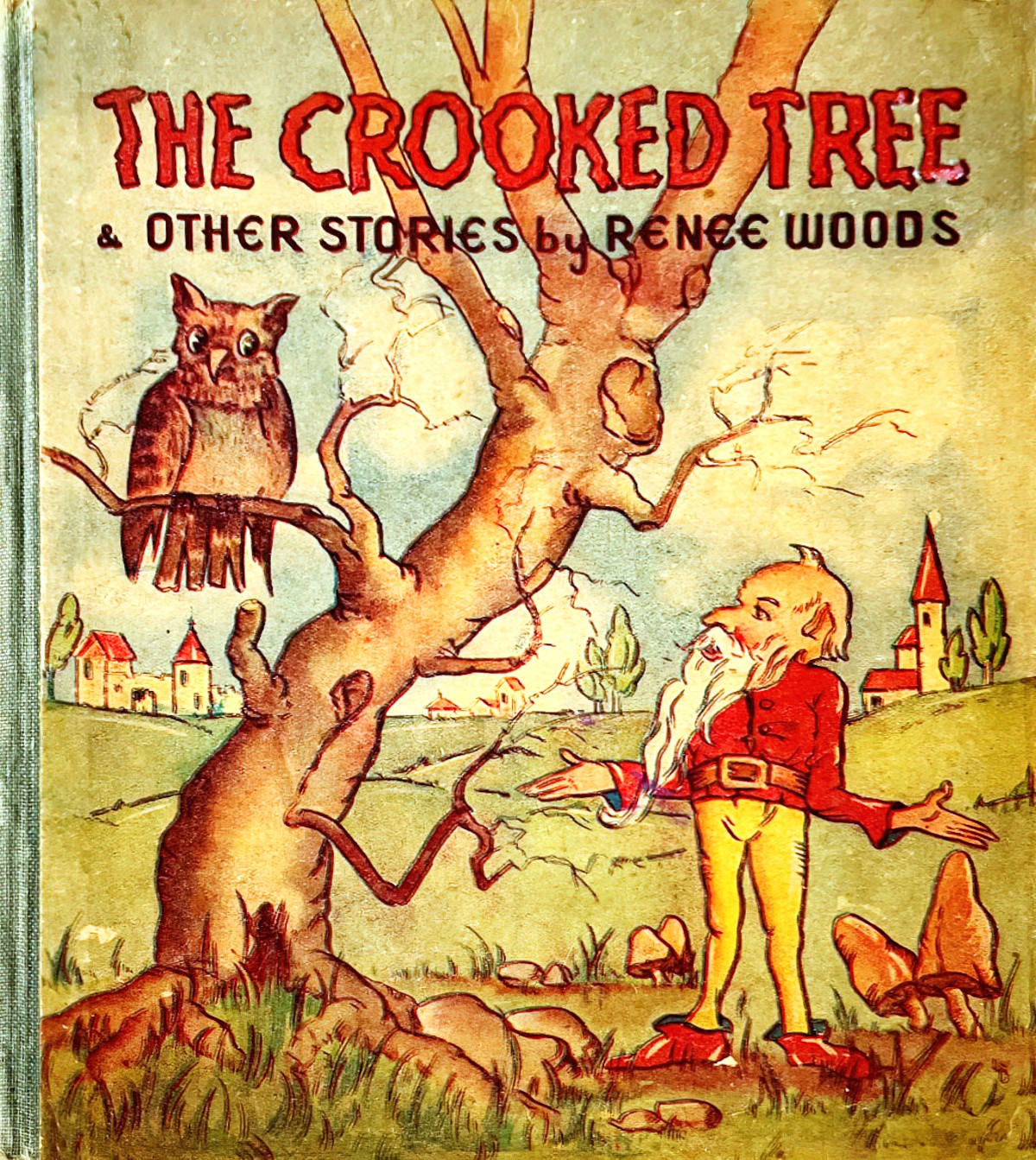
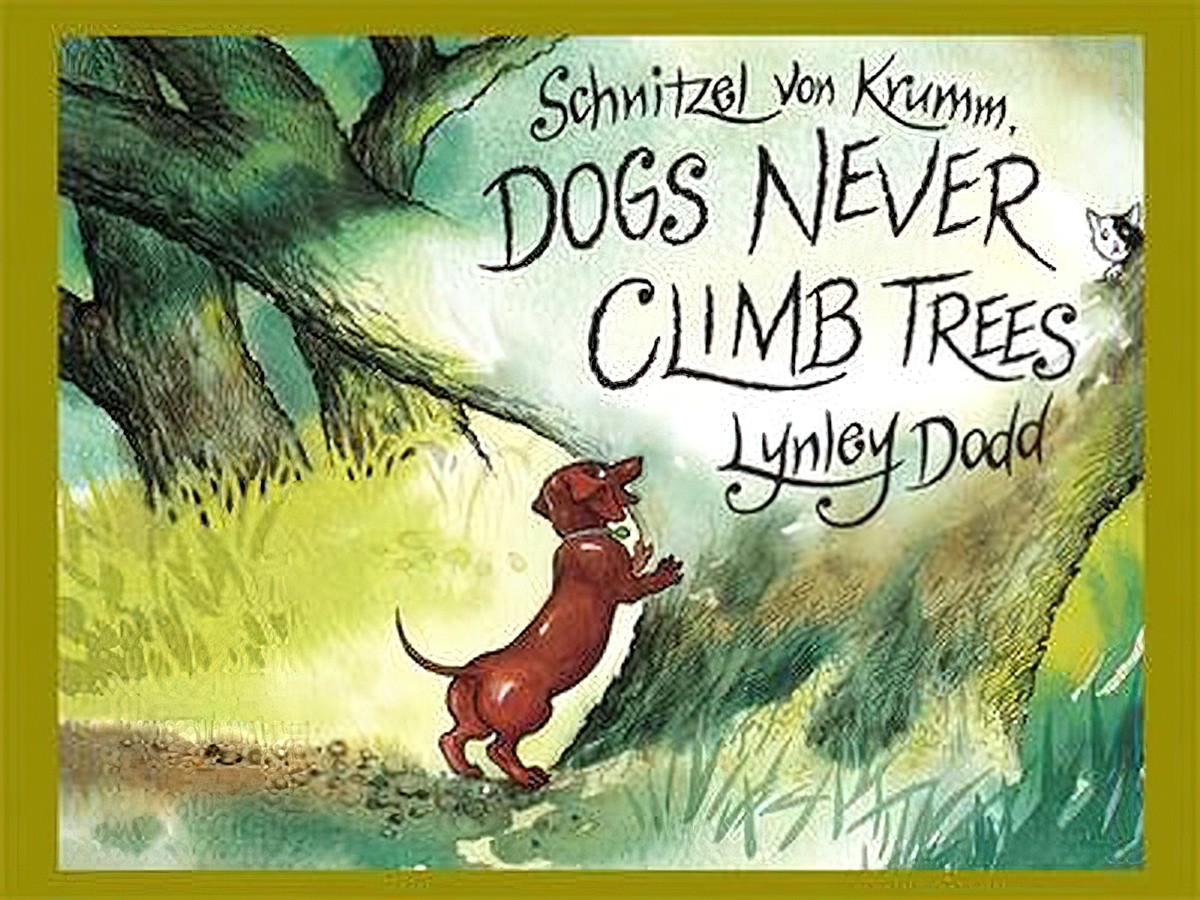
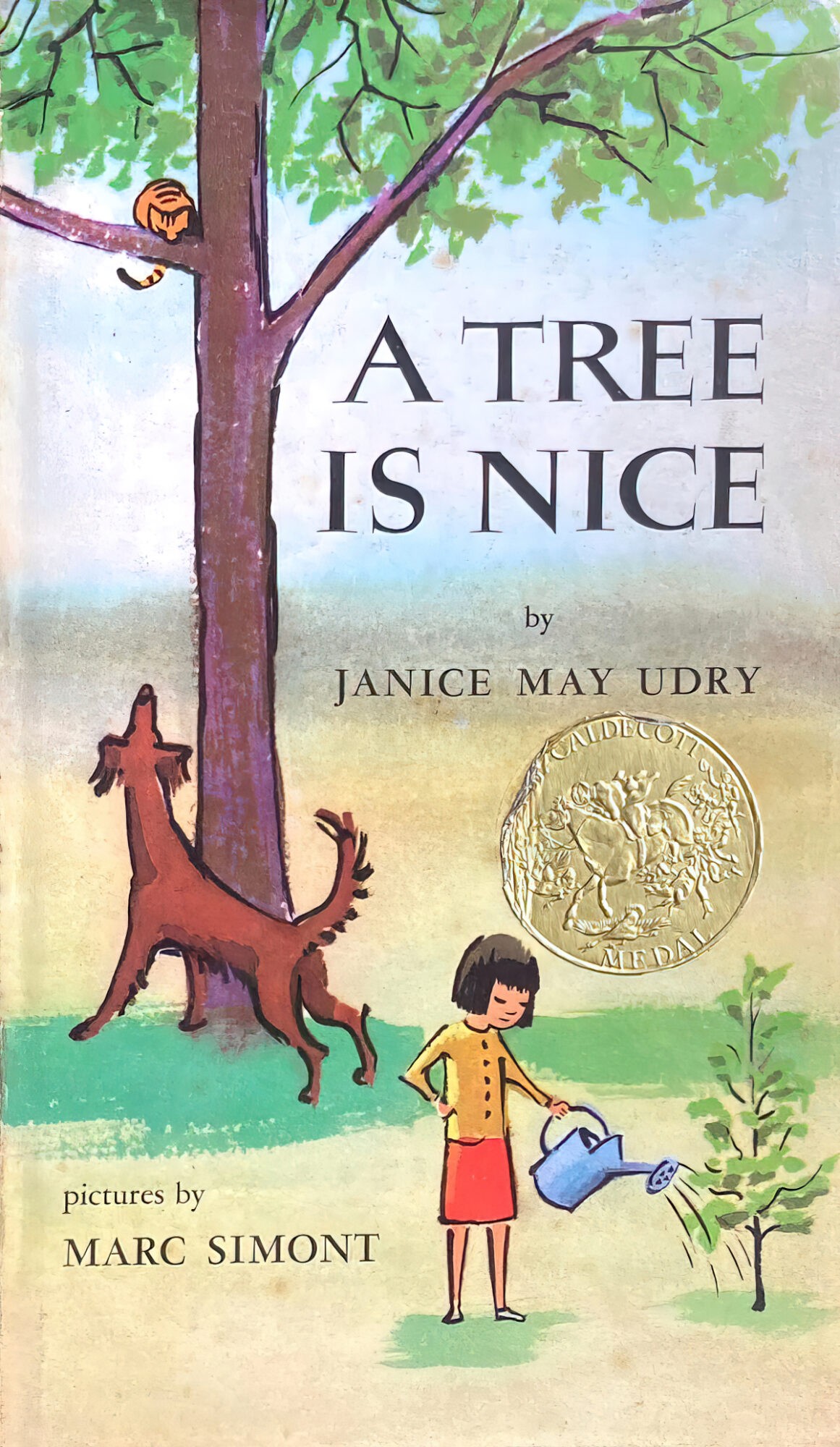
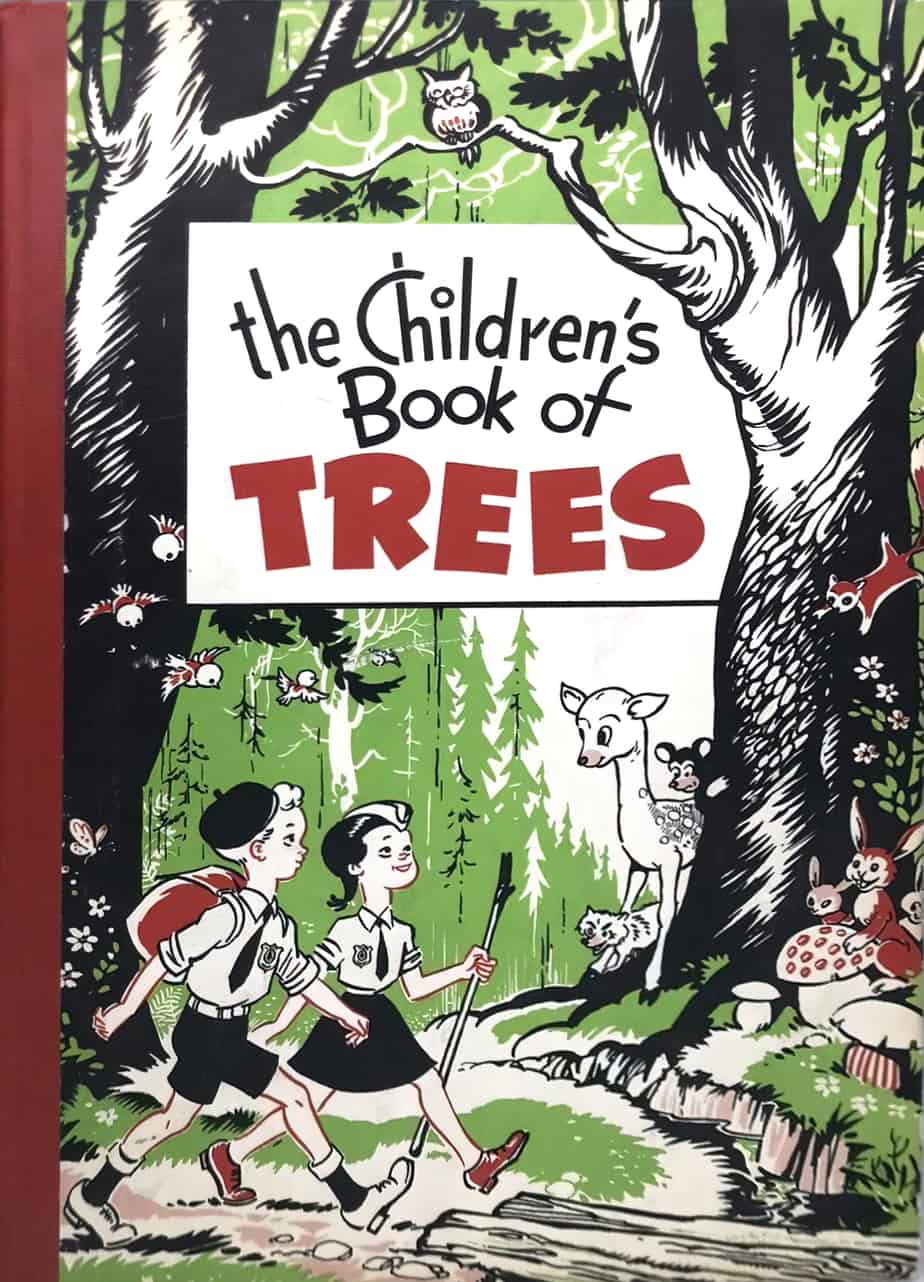
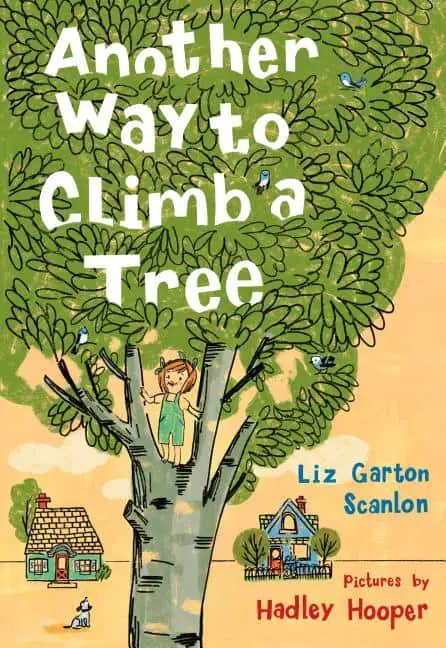
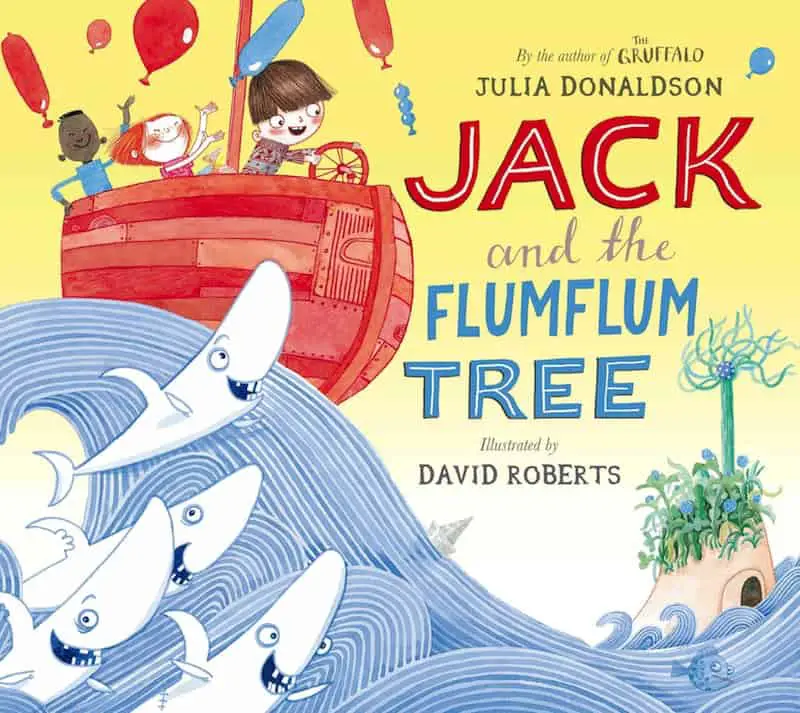
EUROPEAN FAIRYTALE TREES
A poor widow once lived in a little cottage. In front of the cottage was a garden, in which were growing two rose trees; one of these bore white roses, and the other red.
She had two children, who resembled the rose trees. One was called Snow-White, and the other Rose-Red; and they were as religious and loving, busy and untiring, as any two children ever were.
Snow White and Rose Red
A huge number of species of trees have been introduced to Europe which would never have made it on their own:
- Douglas Fir
- Japanese Larch
- Grand Fir
These trees are not found in European folklore because they are not part of collective social memory.
The veneration of trees is found across many ancient folk traditions, being symbols of health, vitality and longevity. In some they are considered living beings of great wisdom and mystery, whose knowledge can be communicated via magical mediums, shaman and witches.
Folk Horror Magpie 🕸️ (@folkhorrormagpi) January 23, 2021
EXAMPLES OF HIGHLY SYMBOLIC TREES
ALMOND TREES
In 1870 Burne-Jones exhibited ‘Phyllis and Demophoon’ at the Old Watercolour Society. The story, treated by Ovid and Chaucer, concerns the love of Phyllis, Queen of Thrace, for Demophoon, one of the Greeks returning home from the Trojan Wars. By the time Demophoon came back to claim his love, Phyllis had been transformed into a barren almond tree. However, the tree burst into blooms of forgiveness when it was embraced.
Burne-Jones resigned from the Society after he was asked to remove the watercolour because of the impropriety of its nude depiction of Demophoon. Much later he reworked the subject as an oil painting entitled ‘The Tree of Forgiveness’.
Poul Webb
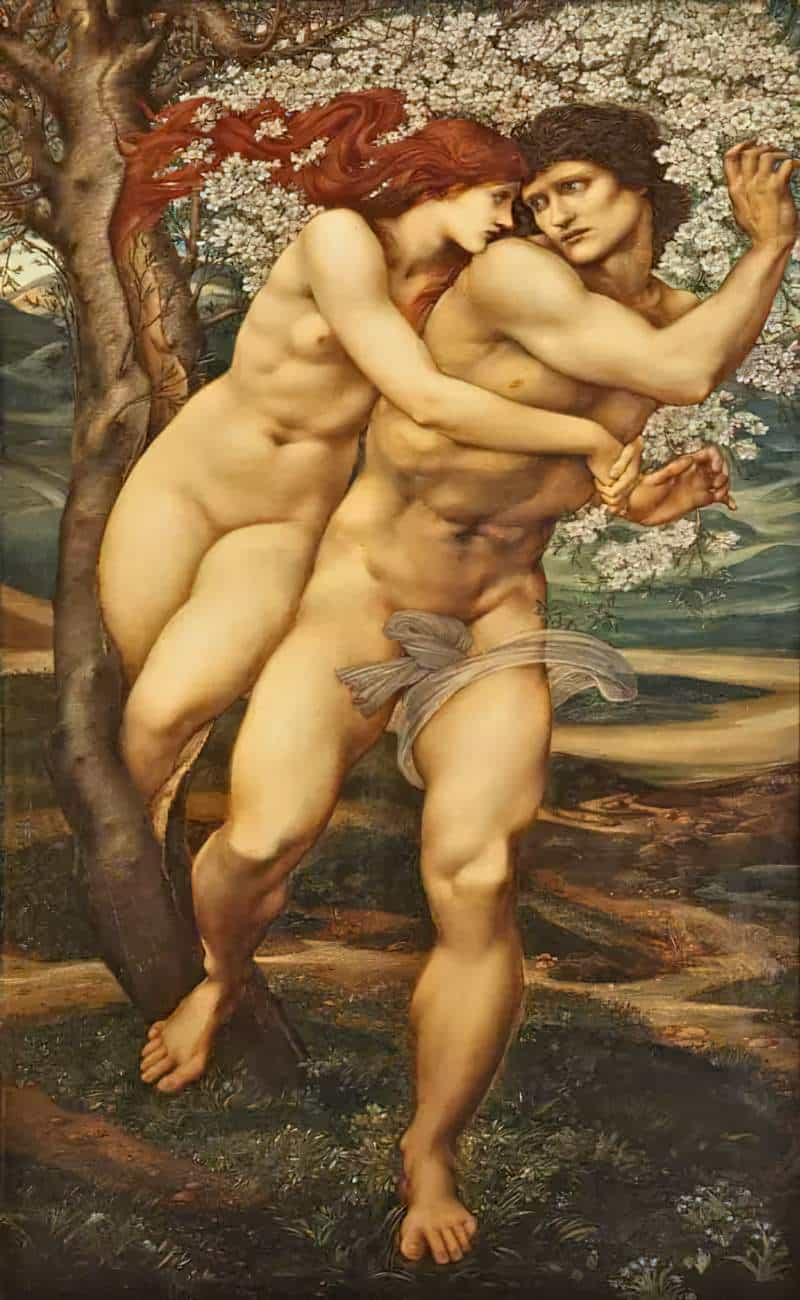
CAMPHOR
At one point in [My Neighbour Totoro], Satsuki and Mei have planted seeds, and are disappointed that they haven’t started growing yet. One night, they are surprised and delighted to find that the Totoros are out in their garden, doing a magic dance to make the seeds grow. Satsuki and Mei join them, and soon enough an enormous camphor tree is exploding out of the garden. The Totoros take the girls flying high into the tree top, and they spend the night playing music on the highest branches.
The next morning, the girls go out to look at the garden, and find that the tree is gone—but the seeds have sprouted. Rather than second guess their magical night, they break out into a jubilant dance—what matters is that their garden is growing. That’s magic enough.
And I can remember how that giant camphor tree haunted my imagination as a child, and how I hoped that heaven would look something like Totoro’s forest. I remember how Mei first met the giant Totoro—innocently, awkwardly climbing onto the belly of this unknown beast, but somehow sensing in the cadence and rumble of his powerful breath that he was good. As I watched Mei’s delicate physical and emotional arc over the scene—she goes from giggling delight to apprehension to full-throated roaring to, at last, a deep and peaceful sleep—I could feel love emanating from the frame. Love for Totoro, love for Mei, love for the forest, love for the viewer.
Bright Wall, Dark Room
The camphor also features in Australian short story “The Lap Pool” by Robert Drewe. A city slicker moves to rural New South Wales and annoys the ‘real farmers’ by letting his camphor laurel get out of control. The locals consider it ‘a timber version of the Asian hordes’. The camphor, in Australia, is closely associated with Asia, and with Australia’s White Australia policies, is closely associated with ‘invasion’.
Native to Taiwan, Japan and parts of China, the camphor has its own ancient symbolism.
In South Asia, camphor is burned to symbolise the eradication of ego. This is because it burns without leaving a trace.
CEDAR
The symbolism of the forest and its guardian monsters has flourished in the literature of Australia, where white settlement is very recent and where the settlers confronted a continent which appeared to them to be as much a wilderness as the cedar forest which Gilgamesh and Enkidu entered.
Marjory Hourihan (see Symbolism of the Forest)
In The Book of Giants, Gilgamesh is named as one of the Giants killed by the biblical Flood. Gilgamesh and Enkidu cut down the cedar forest, and in particular the tallest of the cedar trees, to make a great cedar gate for the city of Nippur.
CONIFER
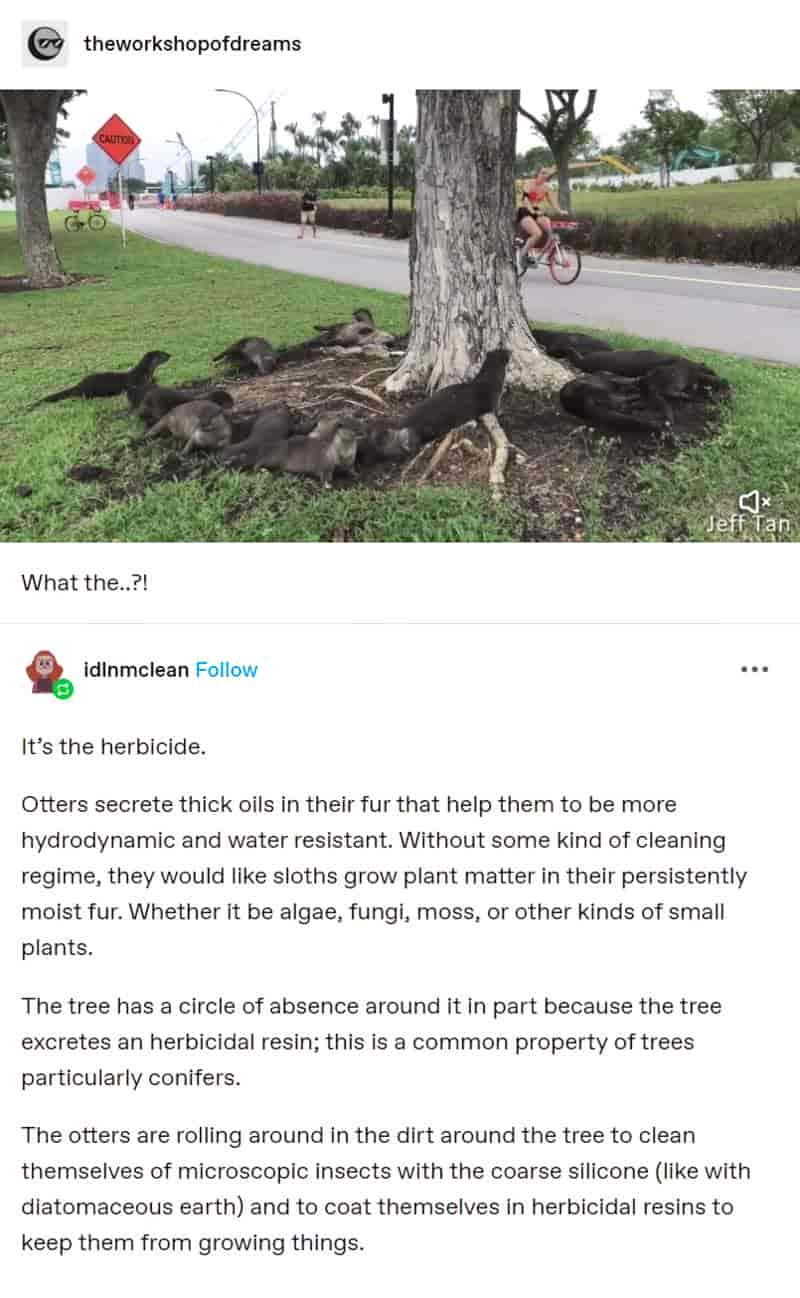
ELM
Wes Craven’s A Nightmare on Elm Street (1984) is not typically considered an ecohorror film, despite the title’s focus on elm trees. To be fair, trees do not feature prominently in the film, much of which takes place indoors and underground. However, the title resonates with two environmental issues: Dutch elm disease (DED) and deforestation. By the 1980s, more than 77 million elms had died from DED, and Elm Street, ‘one of America’s most storied and archetypal places’ (Campanella, 2003: p. 1), no longer featured elm trees. America’s archetypal Elm Street was also built on the mass destruction of the continent’s forests. This context provides a way to read the film as ecohorror. This is ecohorror grounded in human-created suburban nature and the loss of wild nature.
The Ecohorror of Omission: Haunted Suburbs and the Forgotten Trees of A Nightmare on Elm Street
FIR TREES
In the picture book Andrew Henry’s Meadow, Andrew Henry finds ‘a tall fir tree, straight and strong’, a good example of how fir trees symbolise determination, honesty, and the endurance that comes with hope for the future.
LINDEN TREES
In an early version of The Frog King, the princess sits below a linden tree playing with her golden ball, right before it falls into the well/fountain. Why a linden tree? Well, the frog is about to pop out of the well and propose marriage.
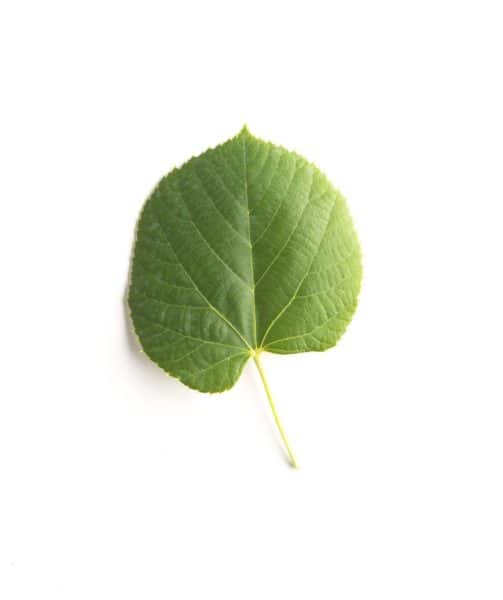
The leaves of the linden tree are shaped like hearts, so I feel there’s some pretty obvious symbolism going on there.
MAGNOLIA
The down grade tempted him to a lope. He reached the thick-bedded sand of the Silver Glen road. The tar-flower was in bloom, and fetter-bush and sparkleberry. He slowed to a walk, so that he might pass the changing vegetation tree by tree, bush by bush, each one unique and familiar. He reached the magnolia tree where he had carved the wildcat’s face. The growth was a sign that there was water nearby. It seemed a strange thing to him, when earth was earth and rain was rain, that scrawny pines should grow in the scrub, while by every branch and lake and river there grew magnolias. Dogs were the same everywhere, and oxen and mules and horses. But trees were different in different places.
“Reckon it’s because they can’t move none,” he decided. They took what food was in the soil under them.
The Yearling (1938)
Paul Jennings makes use of the magnolia in his short story “The Mouth Organ”. The magnolia is unusual for flowering only once every seven years, if that. This tree is therefore associated with waiting and longing and unfulfilled desires. At least, that’s how it’s used in that story.
Often, tree symbolism differs between East and West. However, the magnolia is seen as a feminine tree across cultures.
In ancient China, magnolias were thought to be the perfect symbols of womanly beauty and gentleness. In the American South, white magnolias are commonly seen in bridal bouquets because the flowers are thought to reflect and emphasize the bride’s purity and nobility.
Flower Meaning
The narrator of “Purple Blooms” by Carol Shields has a dream sequence under a magnolia and realises she doesn’t have to worry so much about other people.
See also: Mr Magnolia by Quentin Blake
MAPLE TREES
A little maple tree in the swamp heard the cricket song and turned bright red with anxiety.
E.B. White, Charlotte’s Web
Red maples are a wetland species, which has earned them the nickname “swamp maple.”
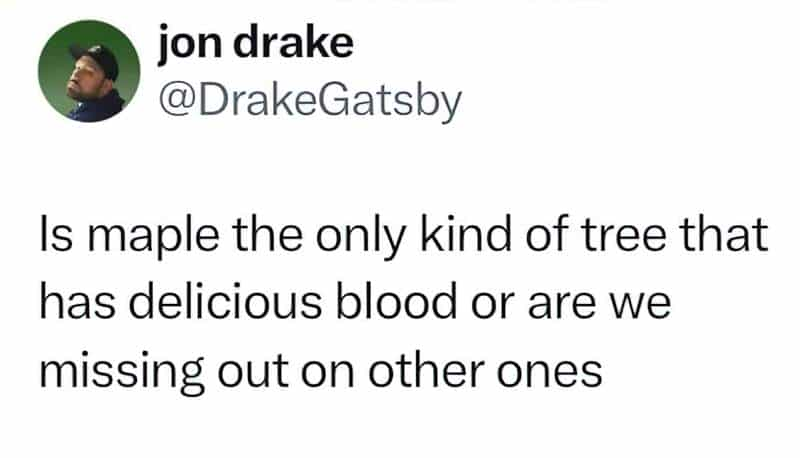
OAK TREES
Oak may live for 1,000 years, although 600 may be more typical. All oak are classed as ancient from 400 years onwards
Due to their longevity, oak trees are frequently personified as elderly characters who have seen some things:
You walk here, as so many others have walked. The ancient oaks have seen them. The lifesap courses through these twisted limbs as it flows hot through your veins— for awhile. The branching creek-rooted cottonwood cares not for the trees that sucked at this damp earth before its birth, but only for the earth, and the sunwarmth, and the seed. You walk here. Moonwarmed and wind-kissed, you walk here… for awhile.
“Wake for Susan” by Cormac McCarthy
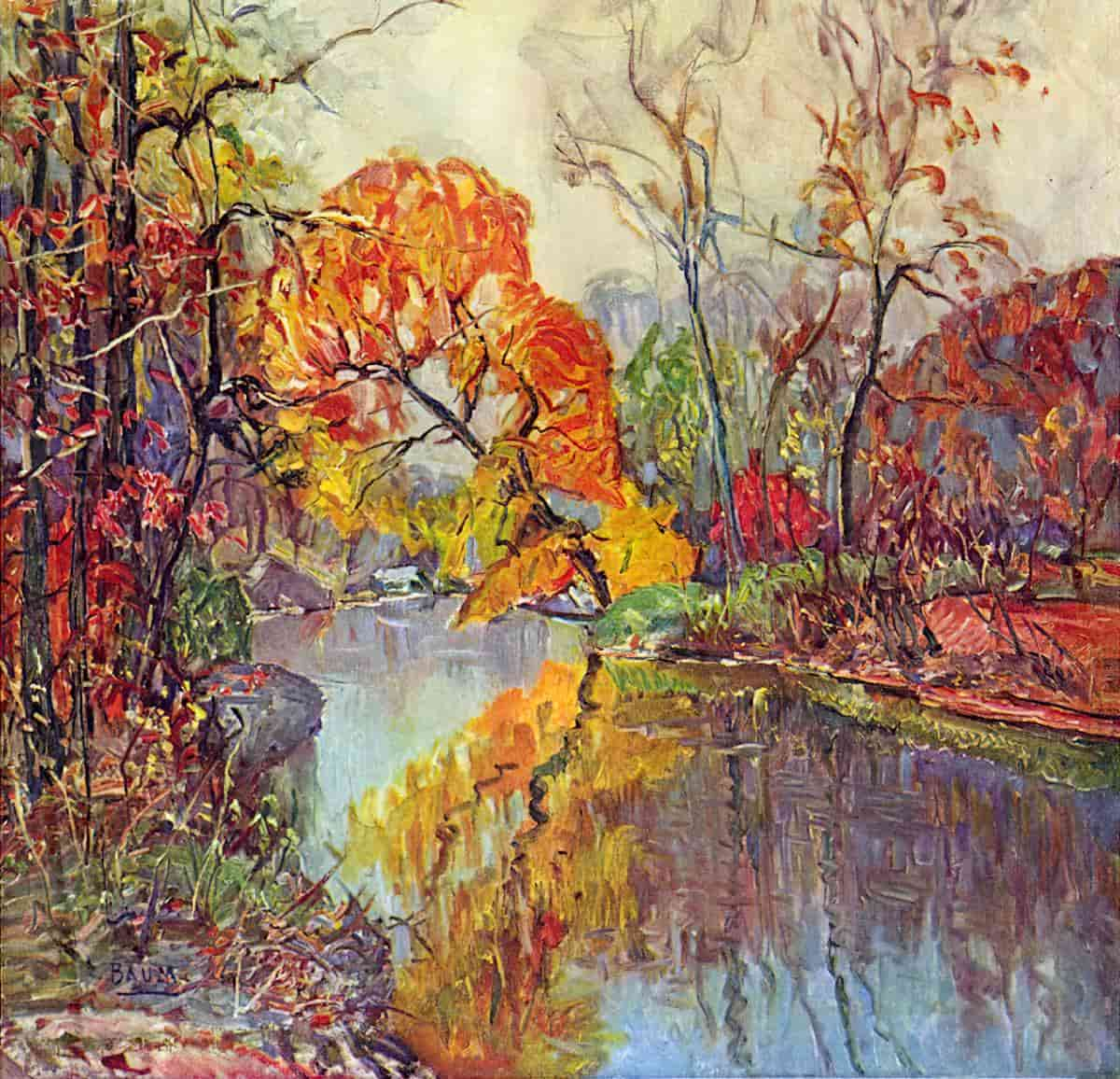
Since before the days of the druids, humans have been connected to oak trees, for their acorns, their wood, their shelter and their magic.
Over a period of two years James Canton spent a lot of time in the company of oak trees, and one in particular known as the Honywood Oak.
The Honywood Oak is estimated to be 800 years old, and as he spent time with the ancient oak, he began to understand the mystical as well as practical relationship that humans have with oak trees.
Guest: James Canton, author of The Oak Papers.
Originally Broadcast on 10 September 2020.
ABC (Australia)
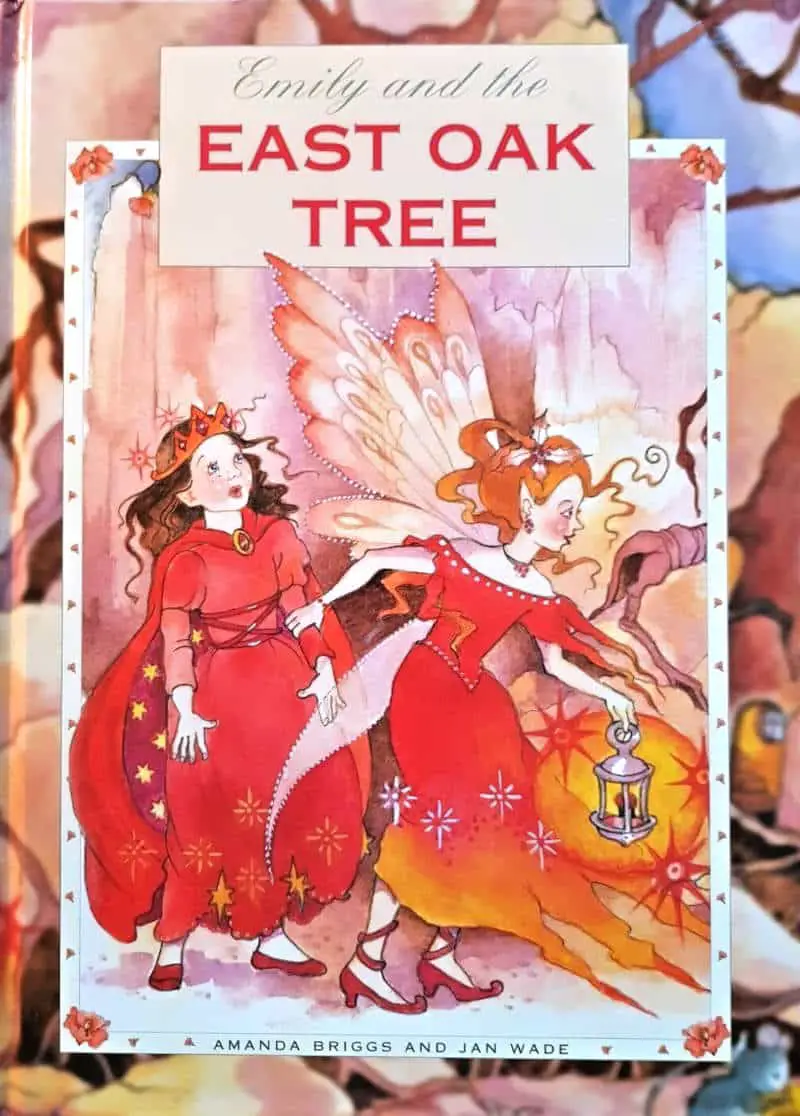
PINES
Pine trees can tolerate various temperature ranges and thrive in difficult climates. Pine can cope with snow, rocky soil, and even drought.
Unlike the beautiful magnolia, pine trees have needles and can be seen as scrawny and disposable. We grow them quickly where they are not native species, then use pine as cheap timber.
Below, Gregory Macguire utilises the triangular, pointy, sharp silhouette of trees to create a scary vibe:
Pines and black starsaps stood up like teeth on every embankment. By day they were welcoming, sometimes giving shade. By night they towered, and harbored snatchowls and bats.
Gregory Maguire, Wicked, as Elphaba travels on The Grasstrail Train at sunset, towards The Vinkus.
But left alone, pine trees are some of the longest-lived trees. For Native American cultures, the pine tree represented wisdom and longevity. They have cold-resistant “leaves”, so seem somehow “wiser” than trees which drop their leaves in autumn.
In various other cultures, pine trees symbolize fertility and life, probably because pines look green and healthy during winter. When everything else looks dead and covered in snow, there go the pine trees, dots of green on the landscape.
For the same reason, some cultures link pine with fertility, others with love and hope. In ancient stories, pine trees are feature in legends of heroic deeds.
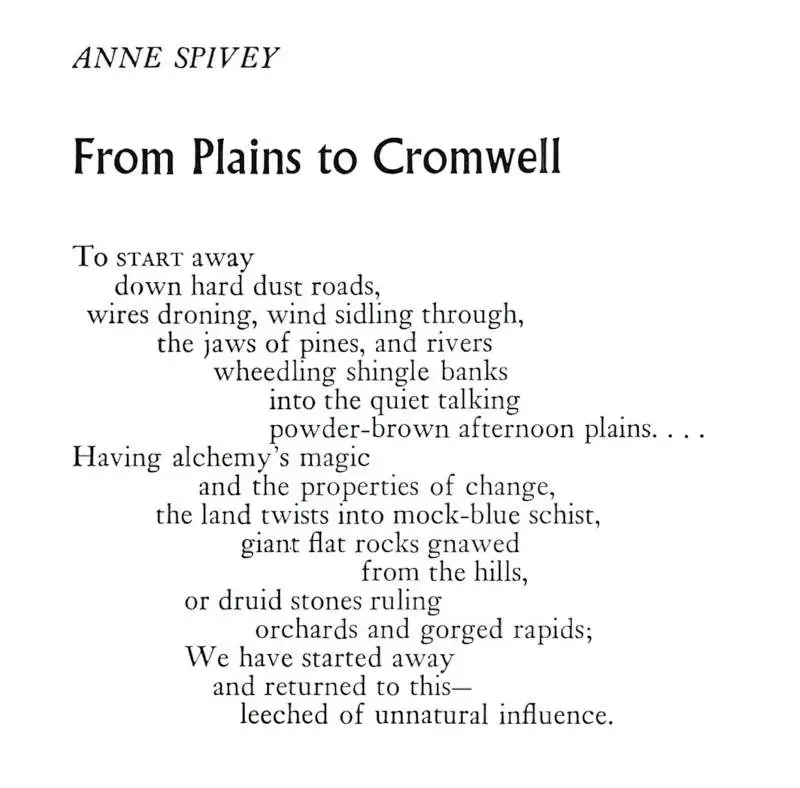
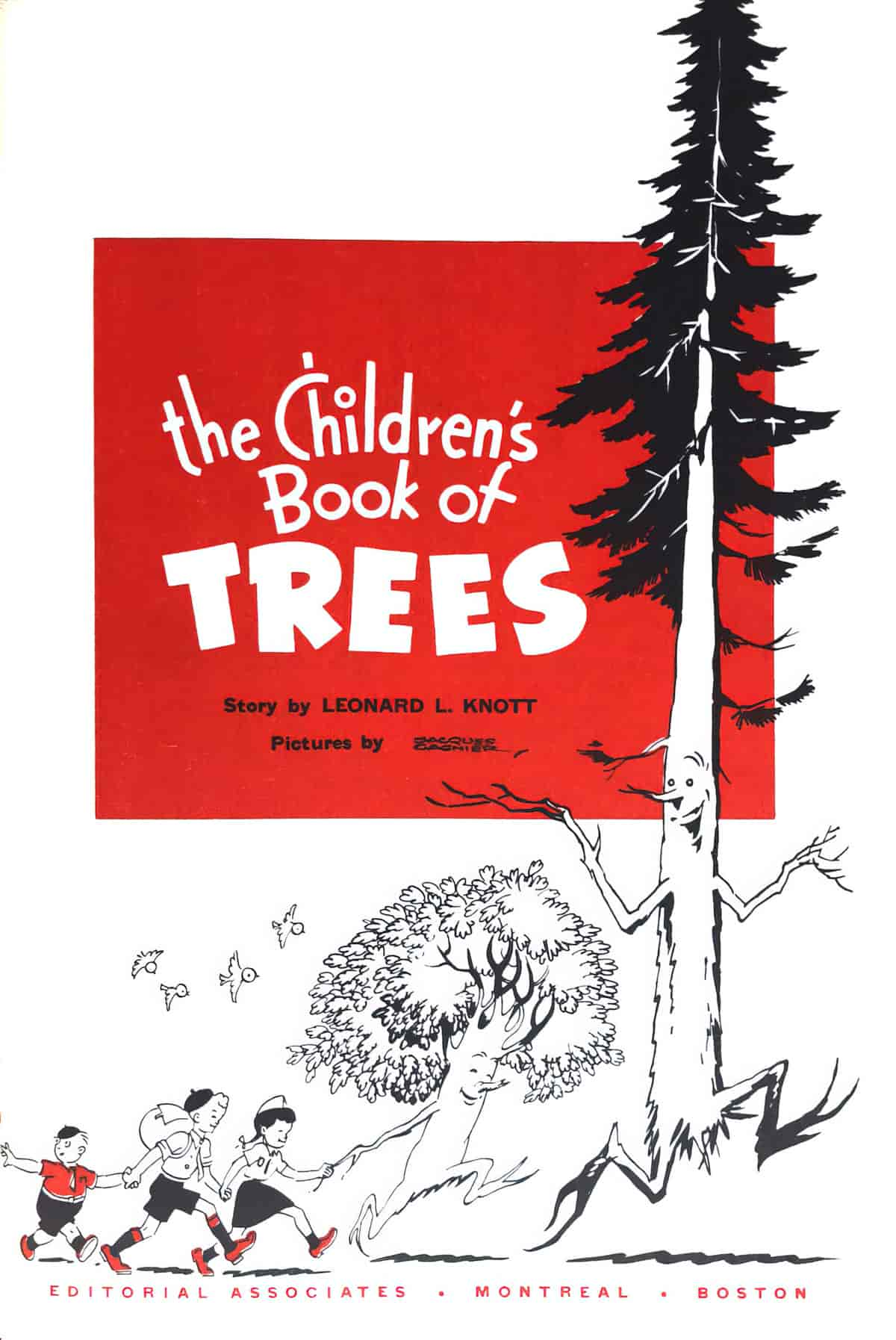
PLANE TREES
Plane trees were considered sacred in Greece, and worshipped in Crete. Various ancient cultures saw them as the living embodiment of Gaia (Mother Earth).
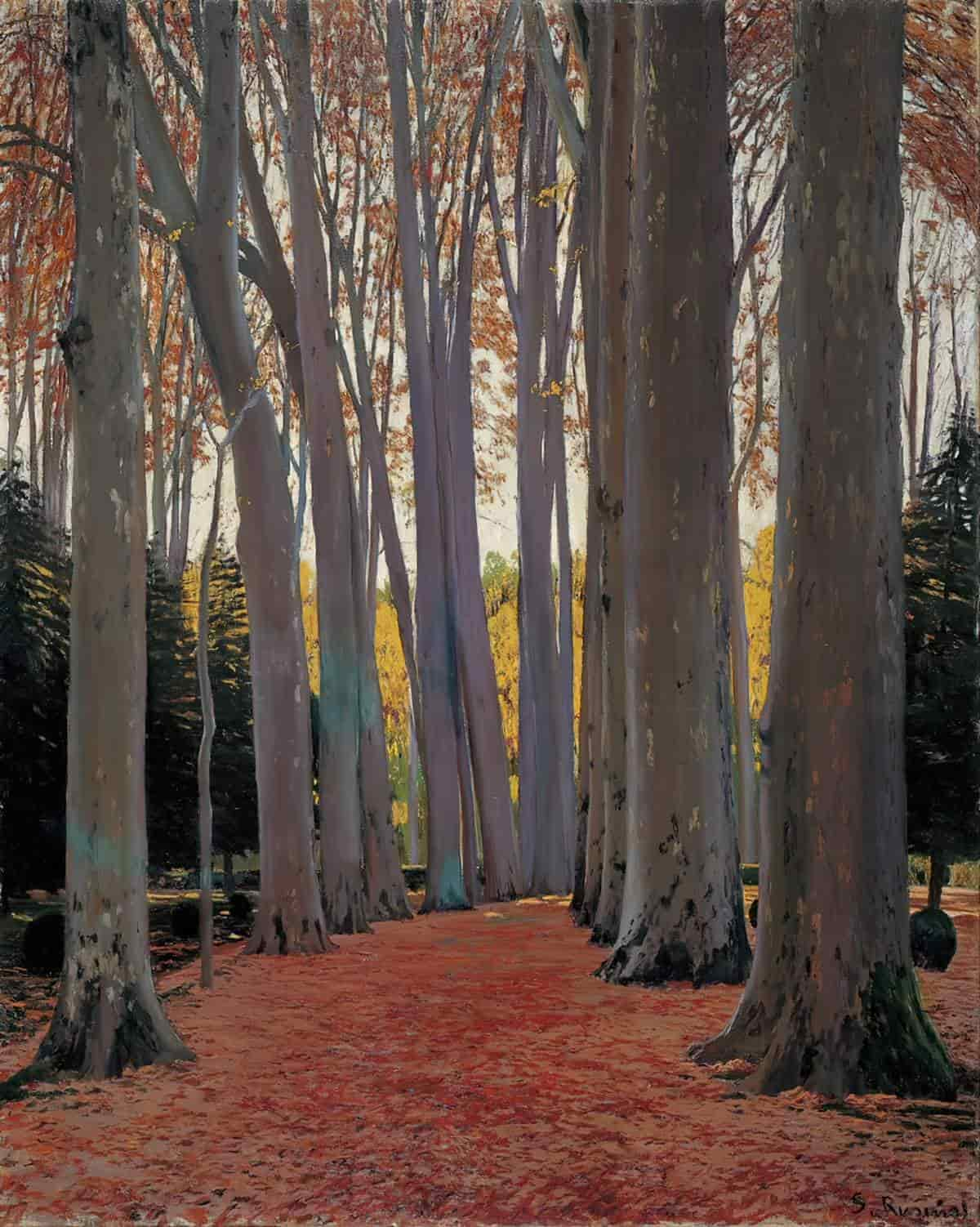
POPLAR
Poplar are thought to be melancholic trees that carry the memory of the dead. To the Druids, poplar trees symbolized old men, due to the association between white hair and the poplar’s white leaves.
However, poplars are also associated with hope and revival.
Half a mile farther on, the road ended up in a field too marshy for any use, with weedy poplars growing up through the willow-bushes and elderberries.
Alice Munro, “Spaceships Have Landed“
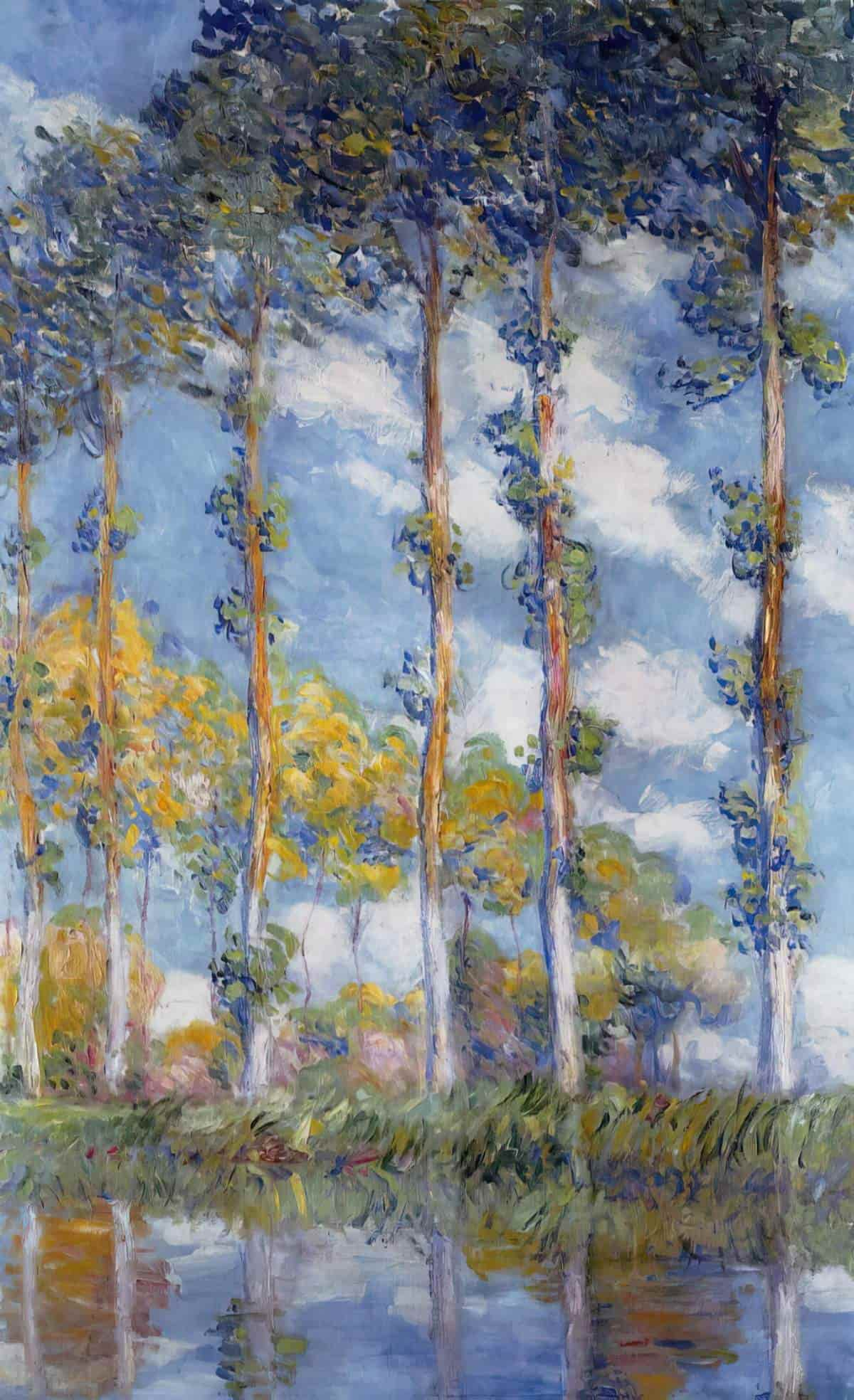
SPRUCE
In the Christian West, spruce trees are associated with Christmas Trees because they are the perfect size and shape for cutting down, carrying inside and covering in decoration. But mainly, they make good Northern Hemisphere Christmas trees because they remain green over winter.
This associates them with resistance and strength, life and hope.

WILLOW
Willows are deciduous trees or shrubs that form large, dense root-mats on the surface of the soil or in shallow water and slow-moving streams. So we most likely associate them with rivers and streams.
Here in Australia, willows are an invasive species. Willow trees inflict harm on aquatic ecosystems. This also applies to South America and southern Africa.
But in Europe, the willow tree has different associations. Willows have ancient associations with witches, thought to be put to use by canny folk in numerous magical ways. In Essex, willow twigs were hung on doors to protect the home from marsh-witches.
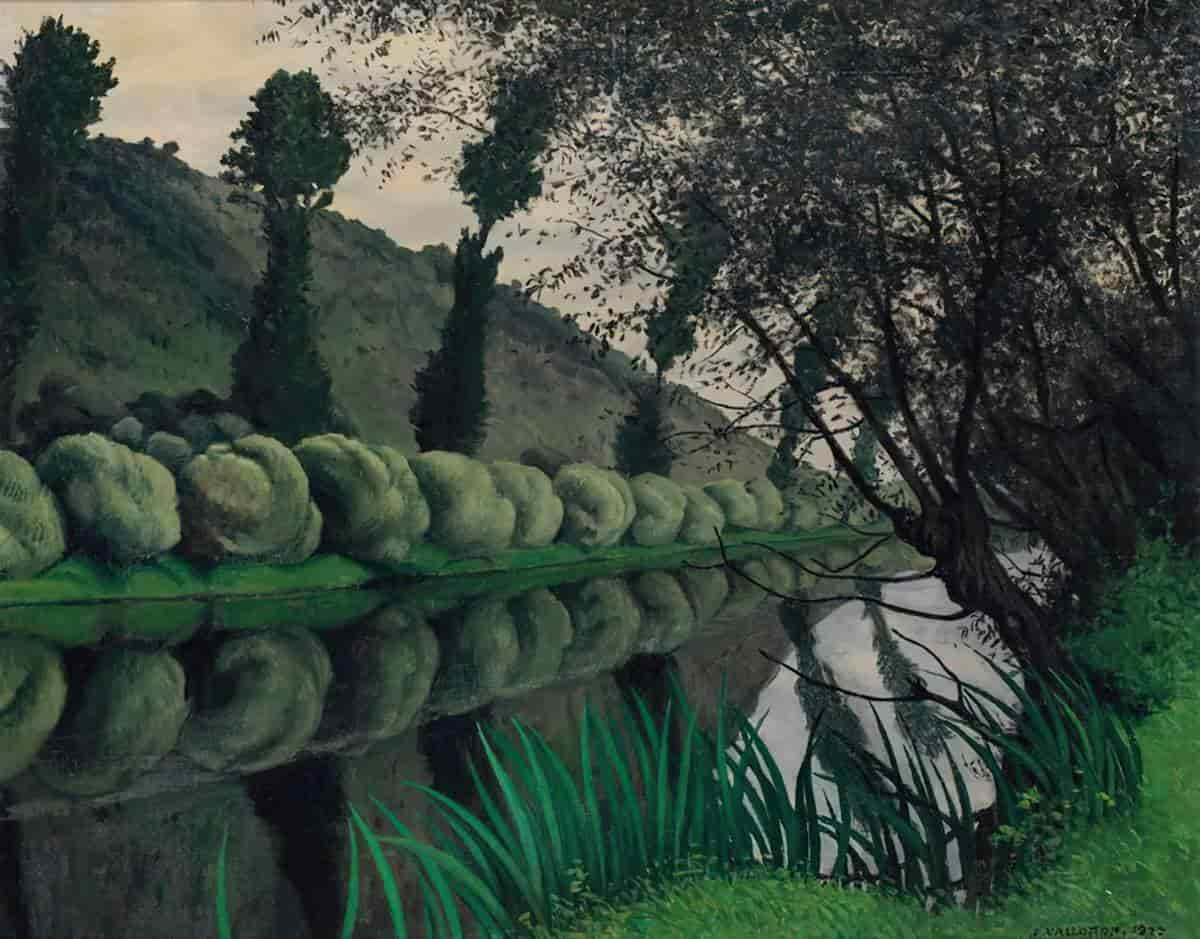
Roald Dahl utilises the magical associations around willows in his magical realist (and harrowing) short story “The Swan”. In that story, a boy climbs a weeping willow to escape torture and the tree becomes a magical portal.
In China and Turkey that the weeping willow is known for its tearful symbolism. In some regions a piece of a weeping willow is used as a cemetery ornament. In ancient times, the torches used in funerals were made out of willow wood.
WALNUT TREES
Walnut trees bloom later than other trees. This is an advantage in frosty areas.
In the short story “A Real Life“, Alice Munro uses the metaphor of walnut trees as ‘late bloomer’ to paint a character study of a (probably queer) woman who, in the 1930s, has no desire to marry.
It was a warm evening, and the back door of Dorrie’s house was standing open. Between the house and where the barn used to be there was a grove of walnut trees, whose branches were still bare, since walnut trees are among the very latest to get their leaves. The hot sunlight pouring through bare branches seemed unnatural.
“A Real Life”
Since walnut trees still mature their nuts (mid season) and are also self fertile, readers can extrapolate what happens to Dorrie in Munro’s story if we’re reading the story at a metaphorical level.
PICTURE BOOKS AND TREES
- A Goodreads list of picturebooks featuring trees
- Leaf by Stephen Michael King
- Jack and the Flumflum Tree by Julia Donaldson and David Roberts
- A collection of illustrations of tree houses
FOR FURTHER INVESTIGATION
WHY WERE THERE SO FEW PAINTINGS OF TREES IN 1500S EUROPE?
Two years ago I was looking for a forest with a magical spell. I had seen a spellbinding place in a painting by Albrecht Aldorfer, the artist credited with the first European landscape. It was small, the size of your hand. Painting themes in 1500 were portraits, religious or mythological. Paintings like landscapes without figurative content were perceived as too hedonistic. They lacked moral purpose. Albrecht Altdorfer ignored this prohibition as he experimented with landscapes. He didn’t paint his small landscape experiments for a market. He was curious and took a risk.
We inherit our experience and culture. Altdorfer’s trees had a religiosity to them (example 1). Like Eden there was a tree of life (bigger) on one side of the painting and a tree of knowledge on the other. In the distance were sacred mountains. Artists the world over have been fascinated with sacred mountains. They place them in the distance to make them appear bigger.
David Dunlop
“Crown shyness” is a phenomenon observed in some tree species, in which the crowns of fully stocked trees do not touch each other, forming a canopy with channel-like gaps (Photos: Dag Peak)
41Strange
In this episode of Talk Nerdy, Cara speaks with Dr. David George Haskell, the author of “Songs of Trees: Stories of Nature’s Great Connectors,” They juxtapose the joyous relationship humanity has long had with nature against modern abuses, such as consumption, destruction, and shortsightedness. David’s verbal expression is as eloquent as his writing—this poetic conversation will have you thinking about your place in the great ecosystem we call Earth.
In this episode of Talk Nerdy, Cara is joined by science reporter Zach St. George to talk about his book “The Journeys of Trees: A Story About Forests, People, and the Future.” They discuss the phenomenon of forest migration as well as the sometimes misguided yet passionate and heartfelt efforts of environmental activists to secure a lusher, greener future for us all.
Conservation does not mean to ‘use more slowly’ or to ‘save for later’. What the word really means is to serve with. To serve together. To serve what? To serve life. It is a rhetorical error to frame environmentalism in any other way than to make it about love of nature, love of life. No one becomes an environmentalist because of all the money they will save. No one calculates their way into love. And the changes that we will need to make to restore earth’s aliveness from its current depletion will require a degree of courage and sacrifice that comes only from love. We will not be coerced or bribed into them.
Charles Eisenstein ‘Building a Peace Narrative’
Header painting: George Clausen – Planting a Tree 1888
